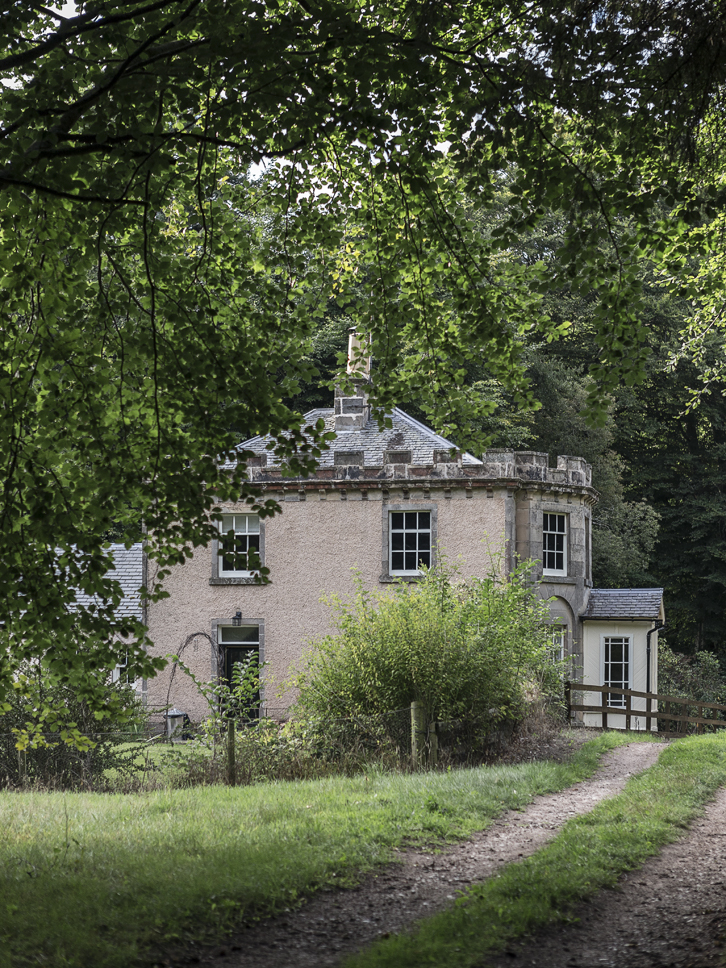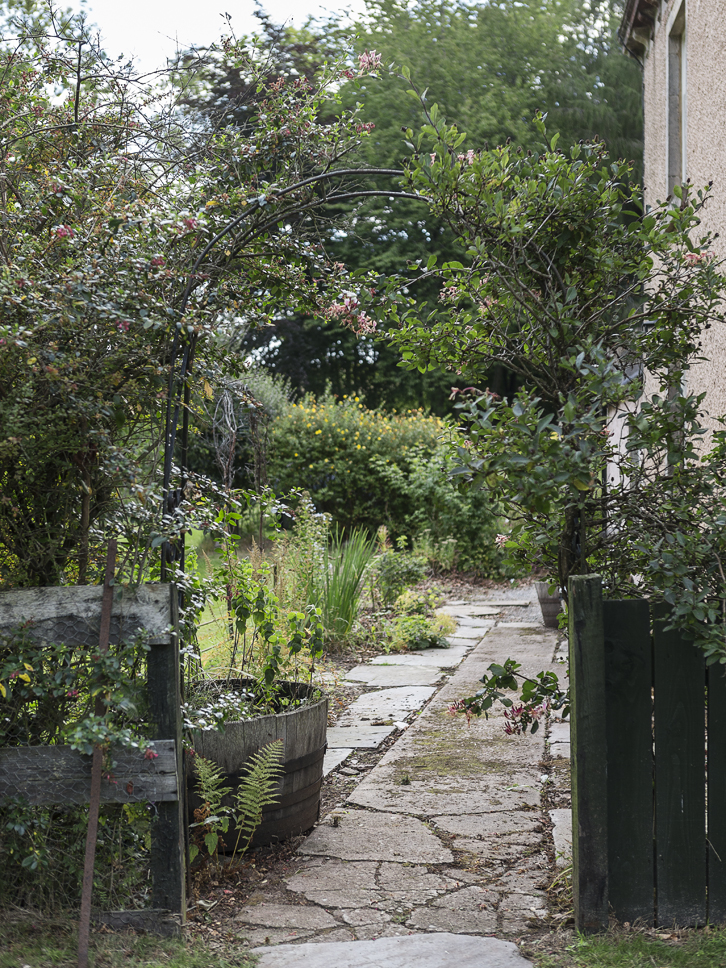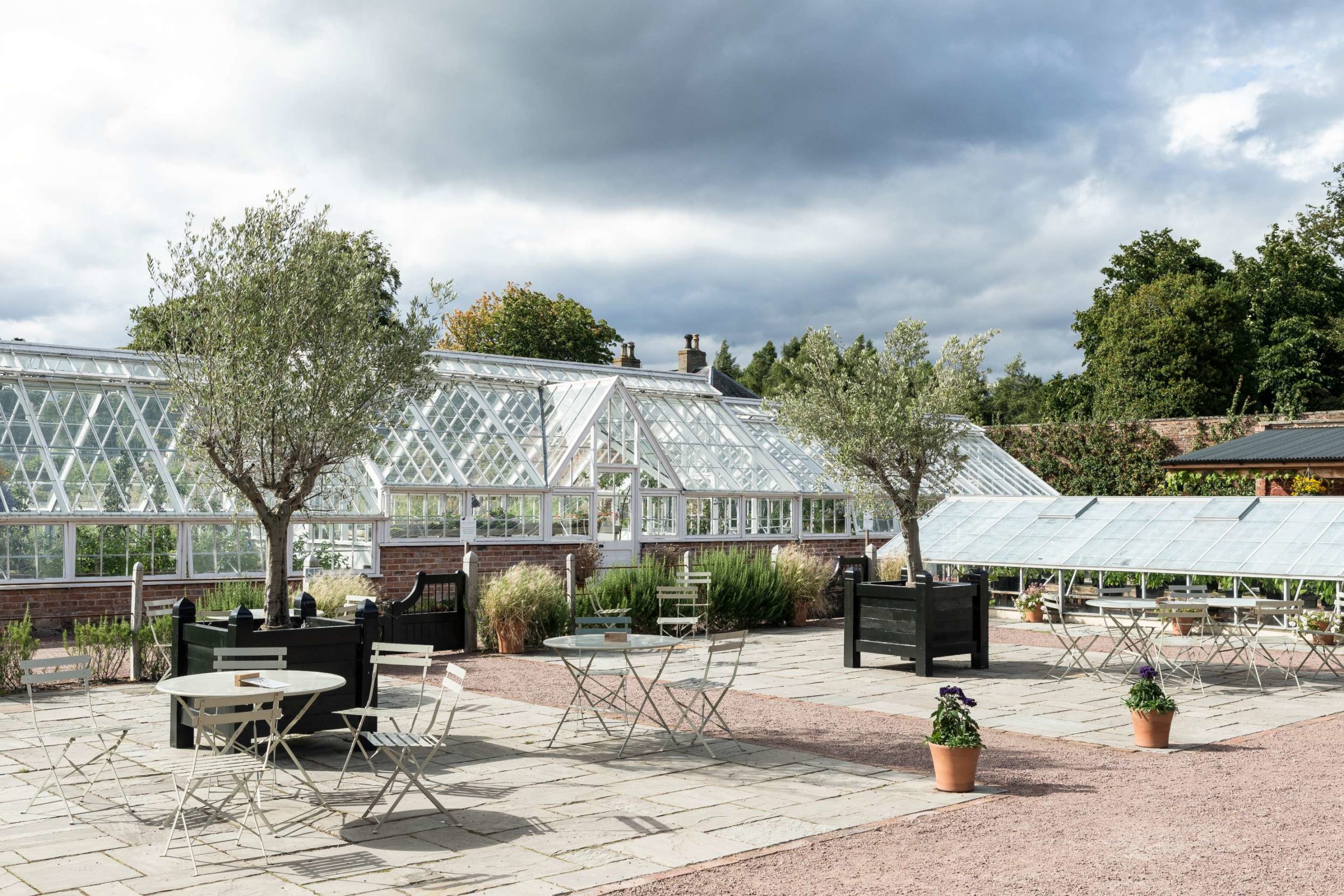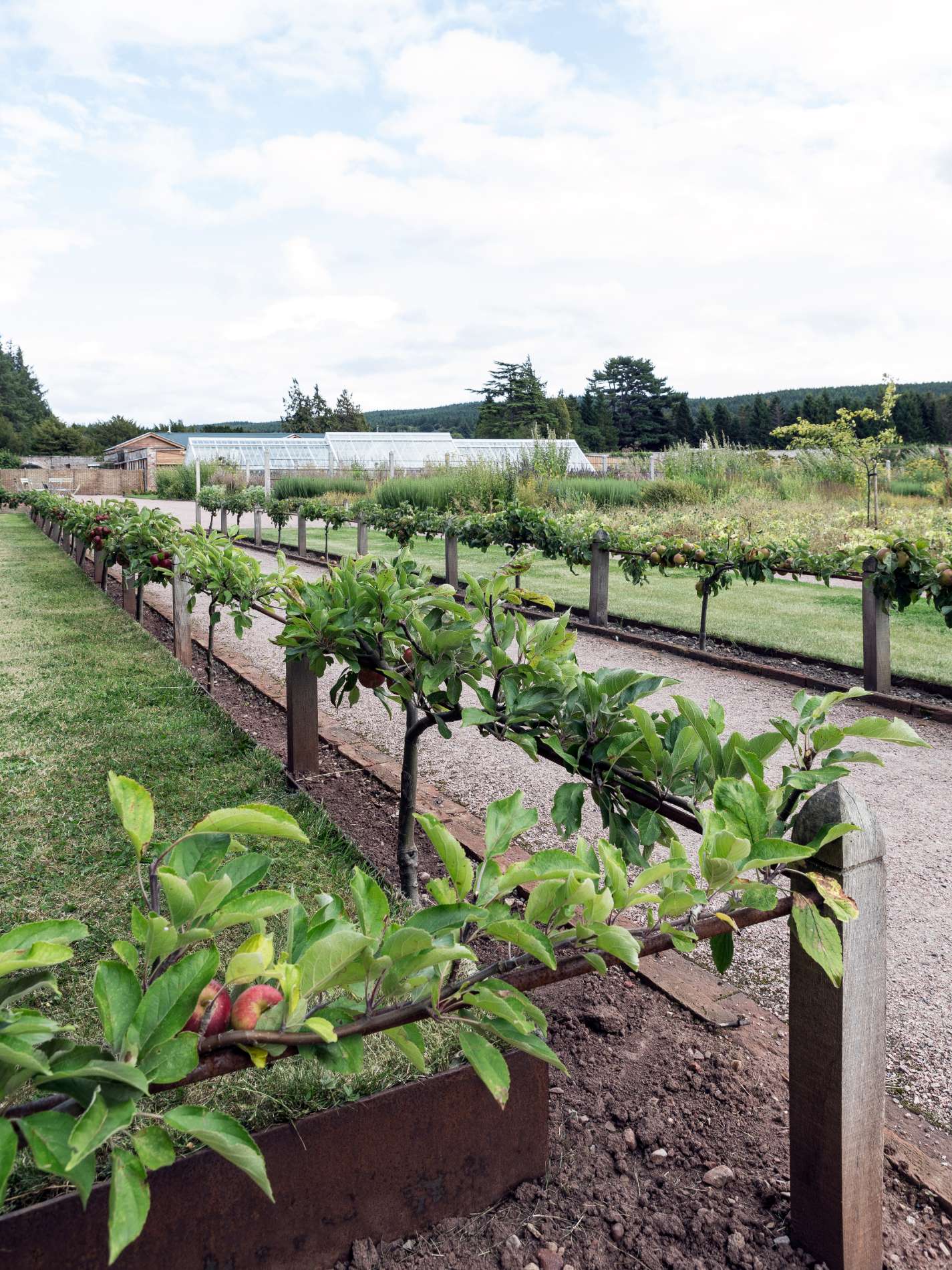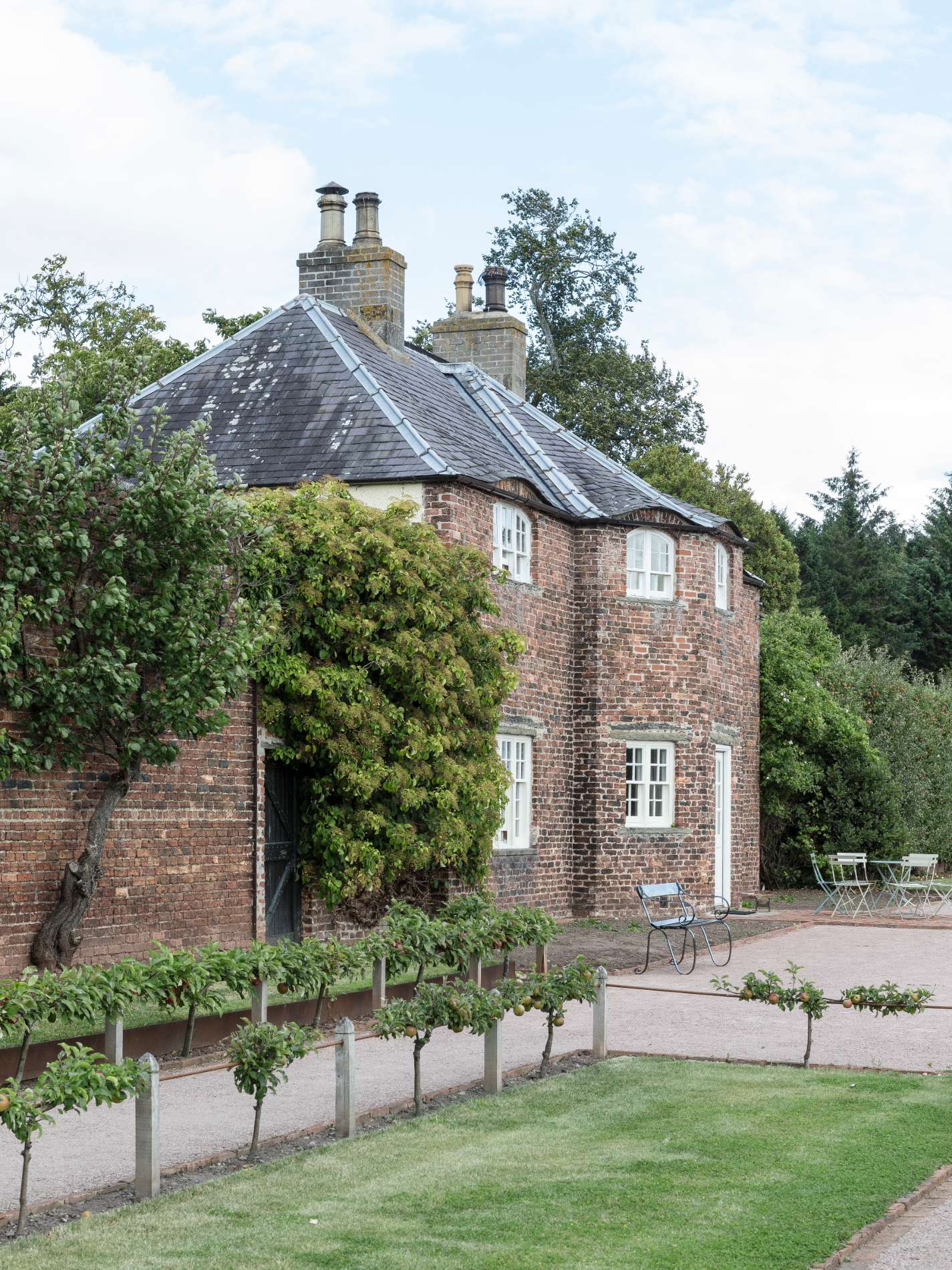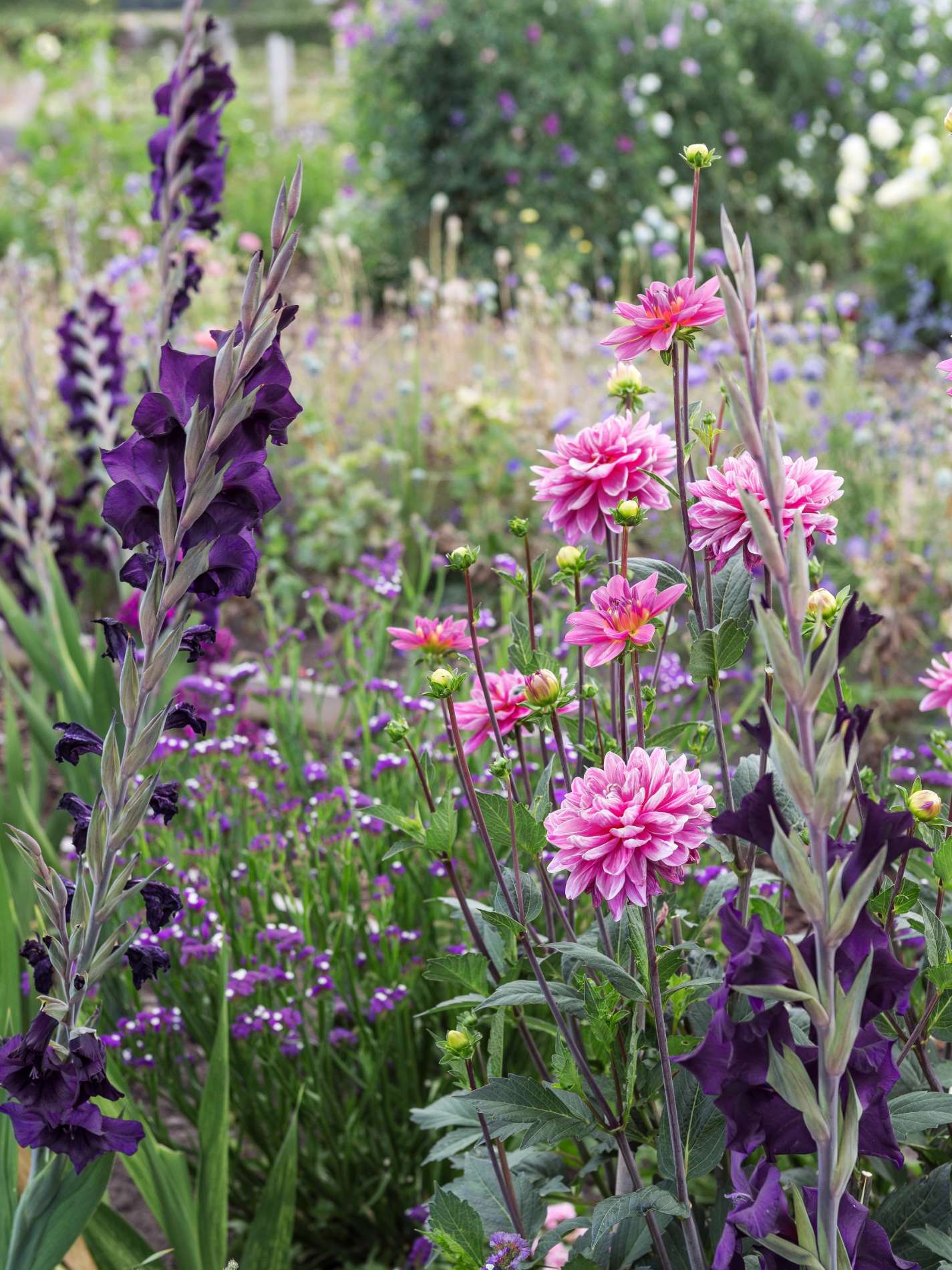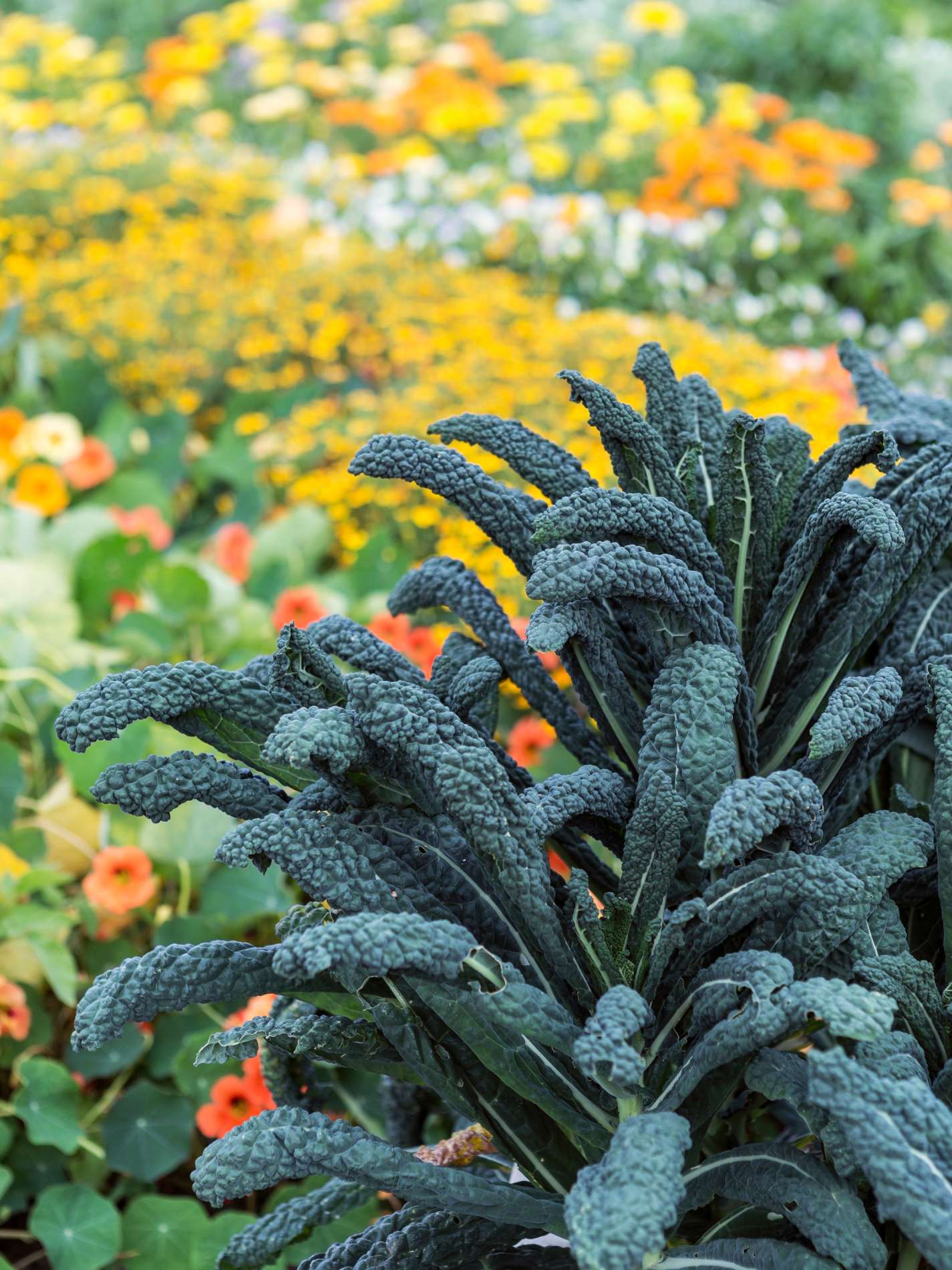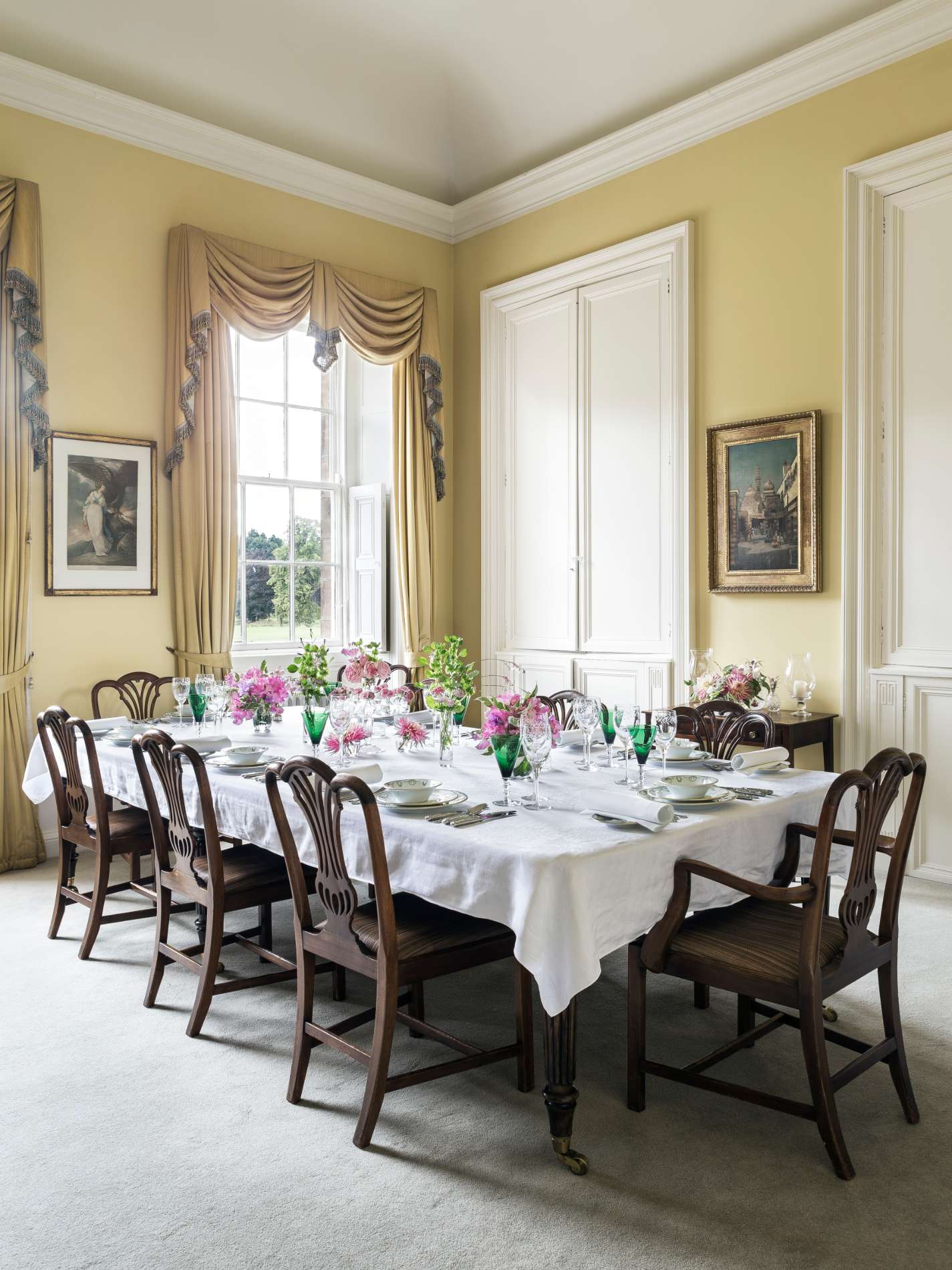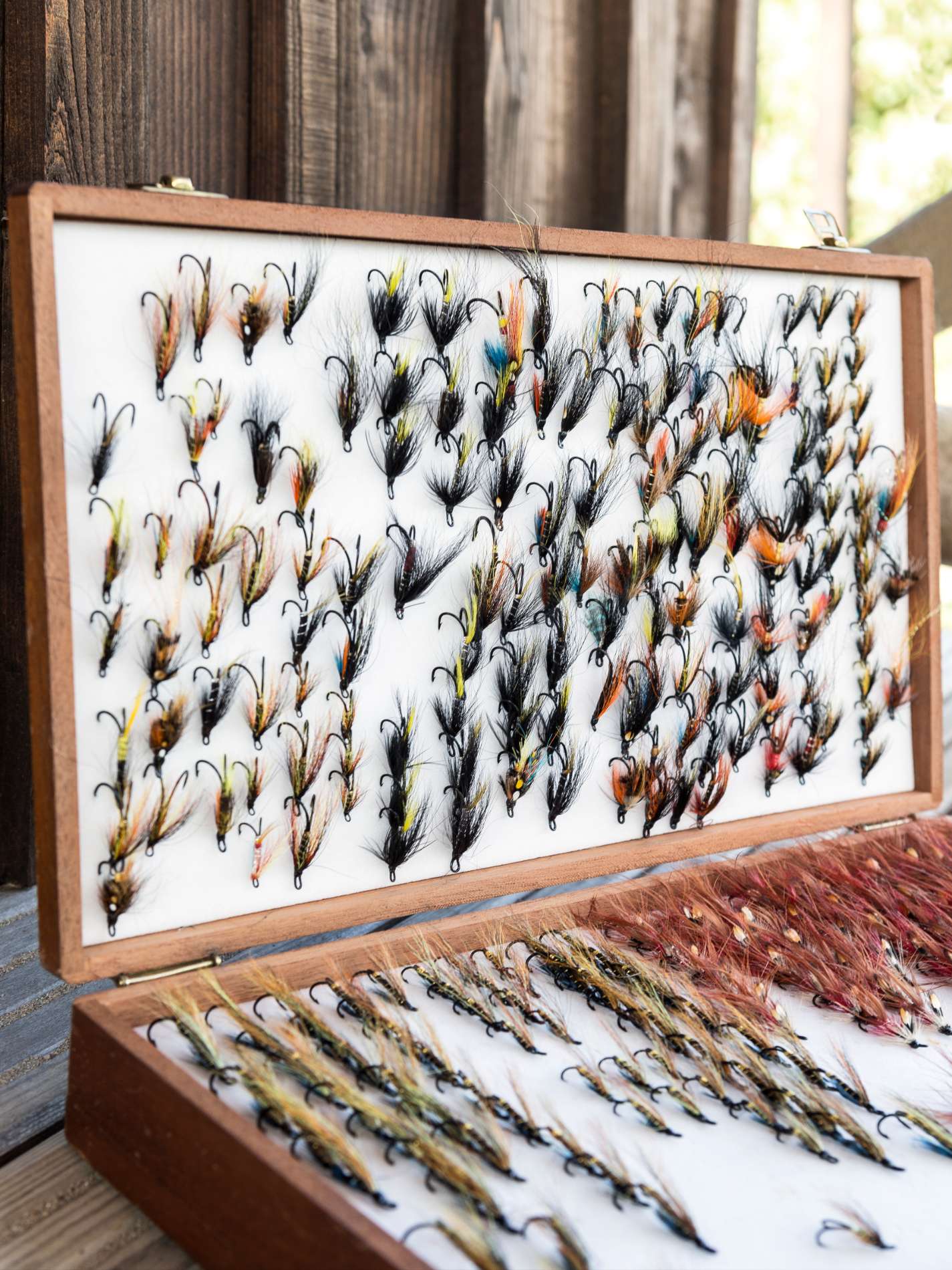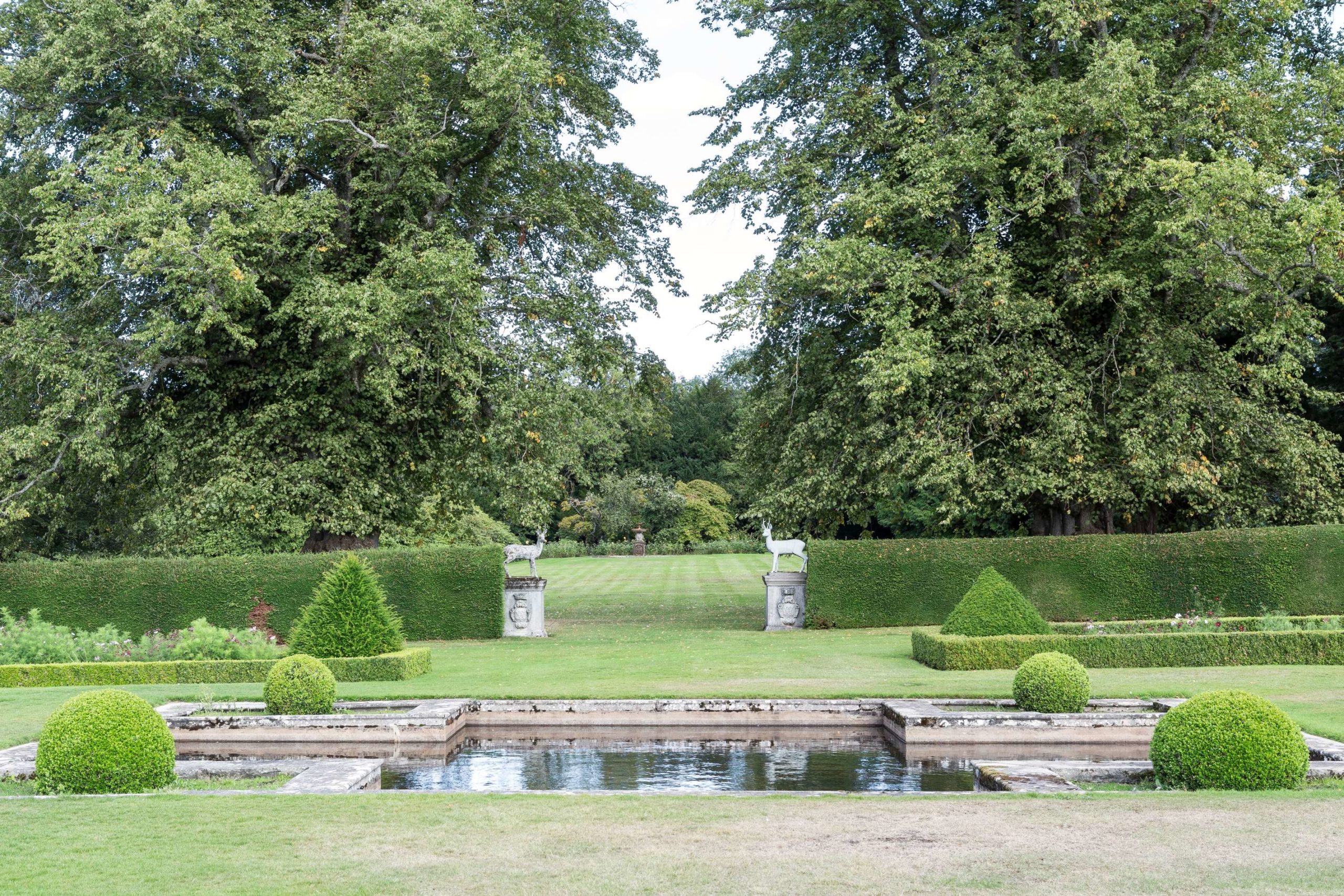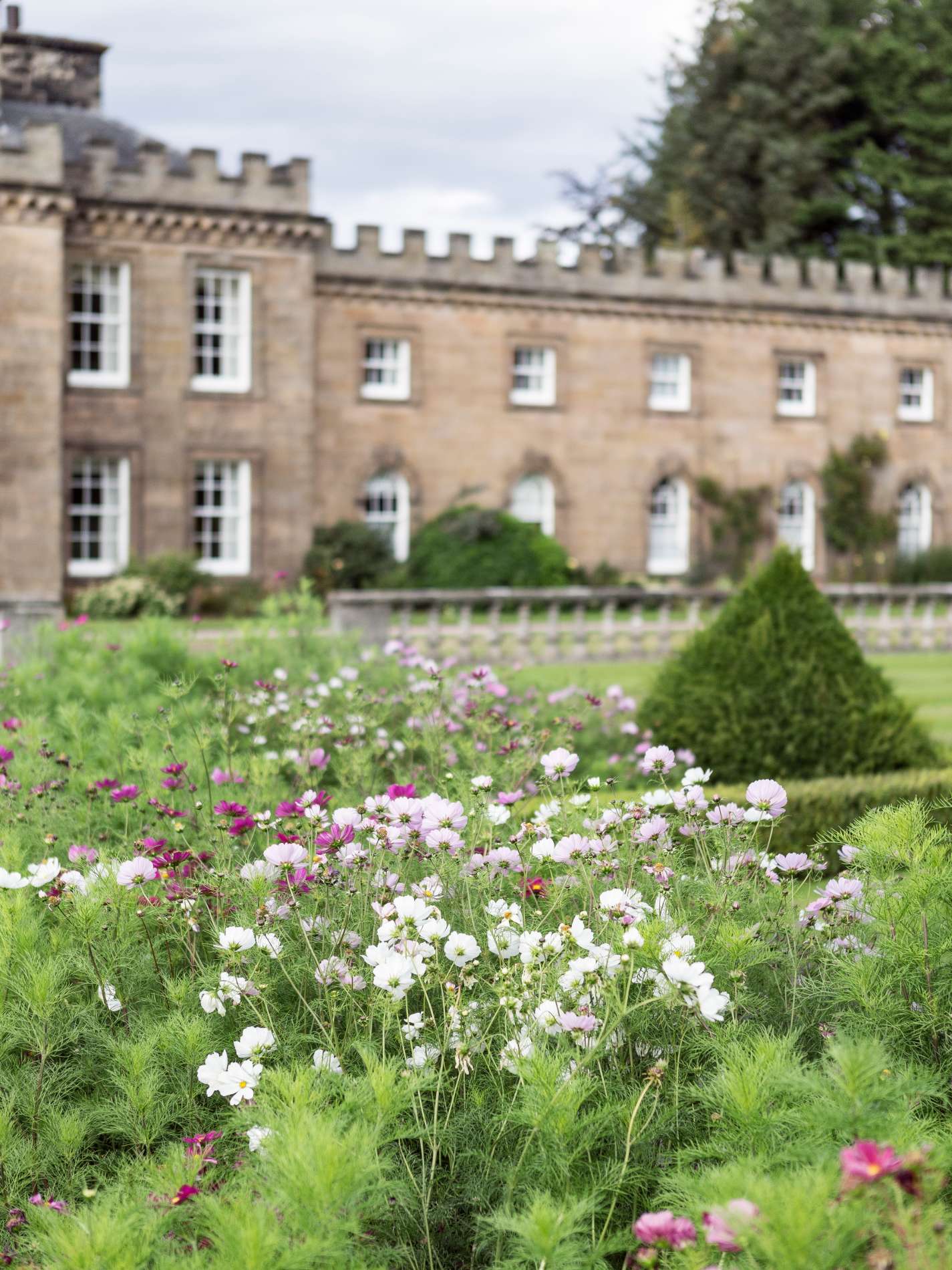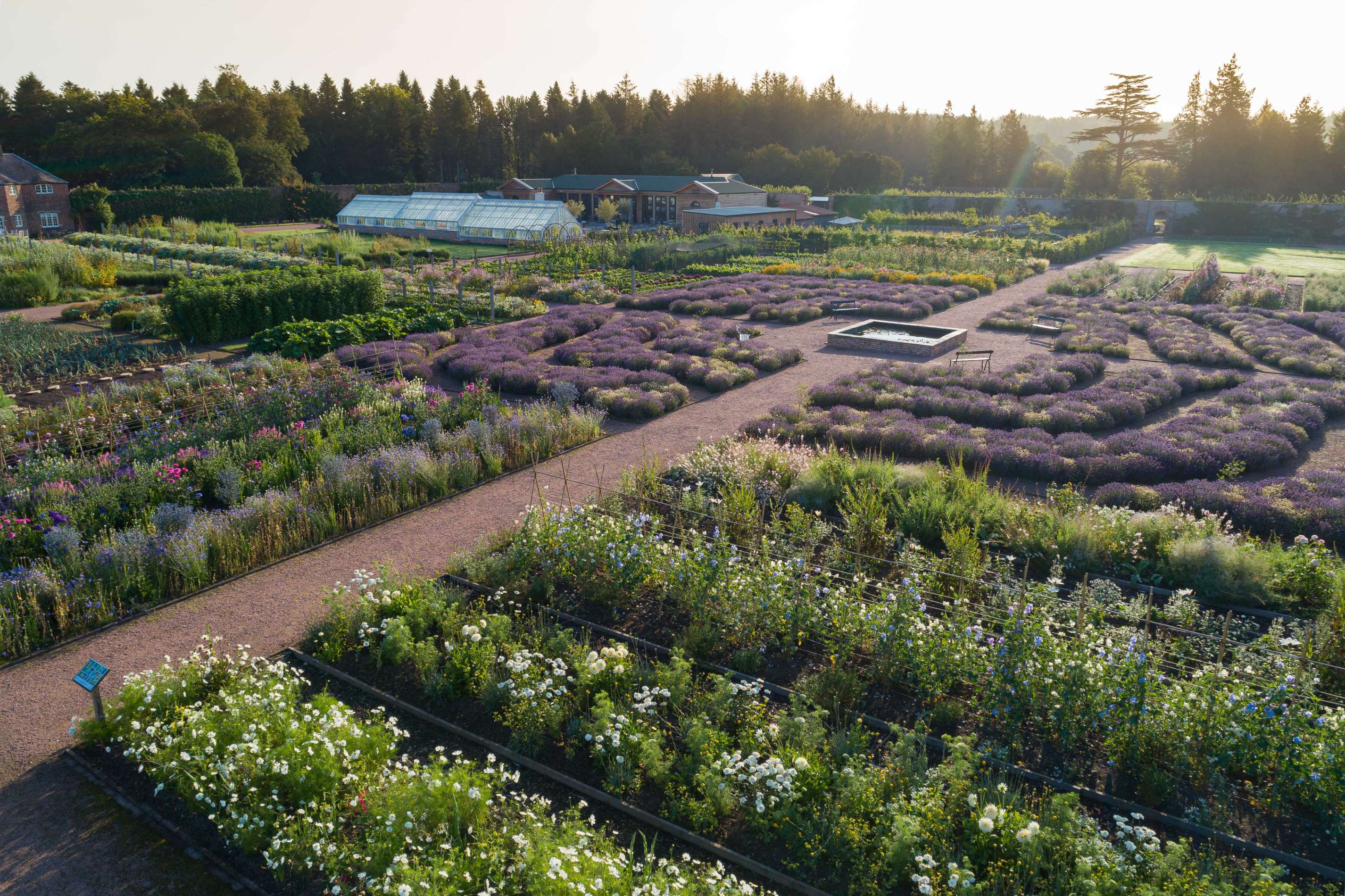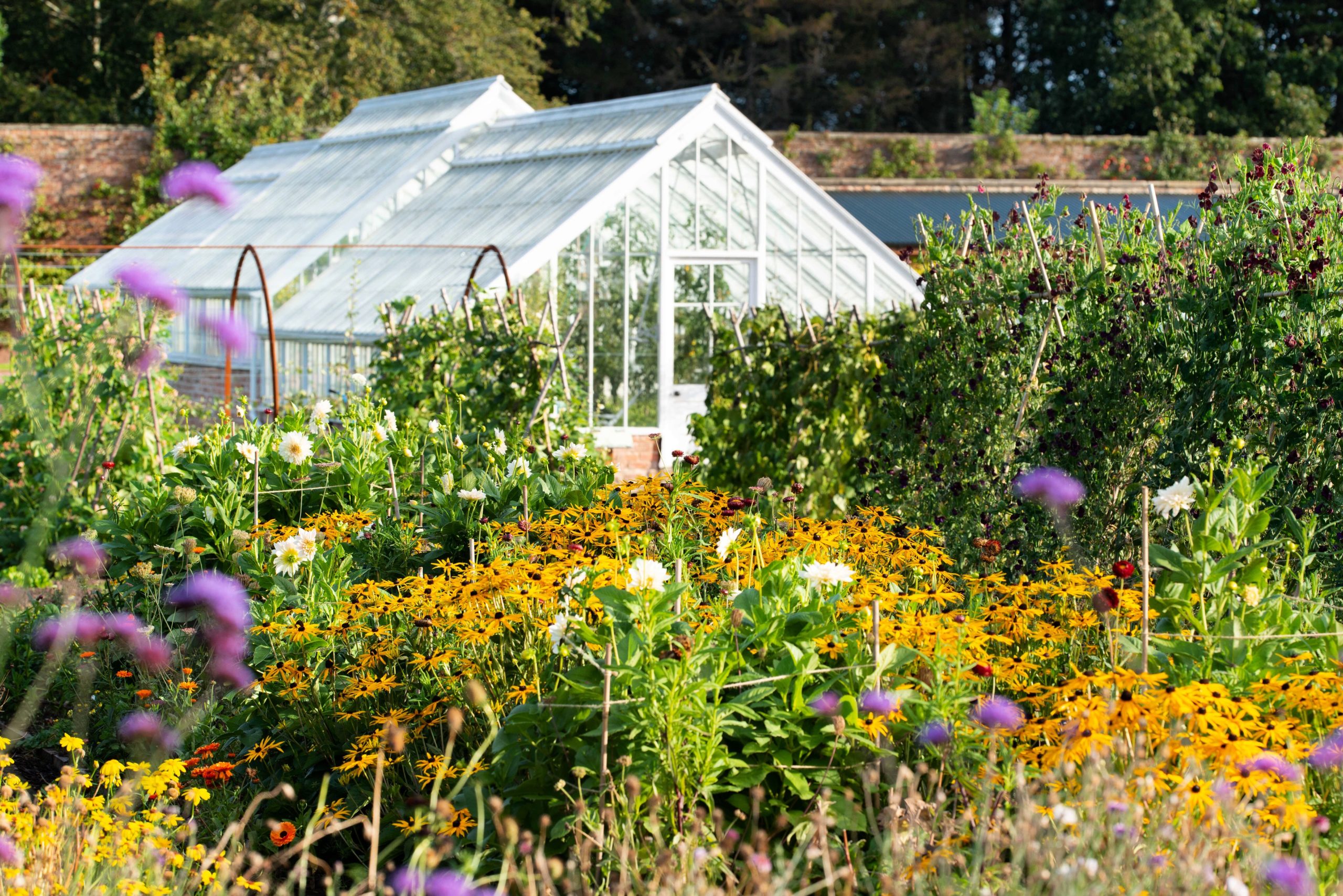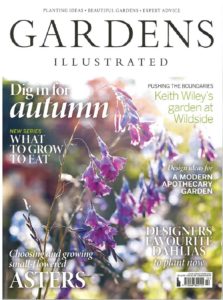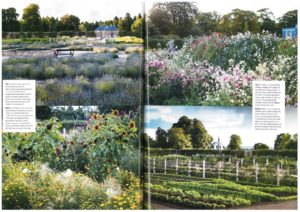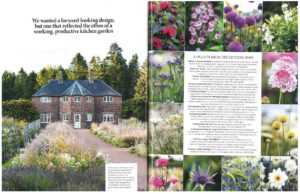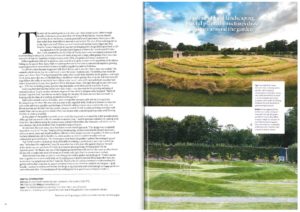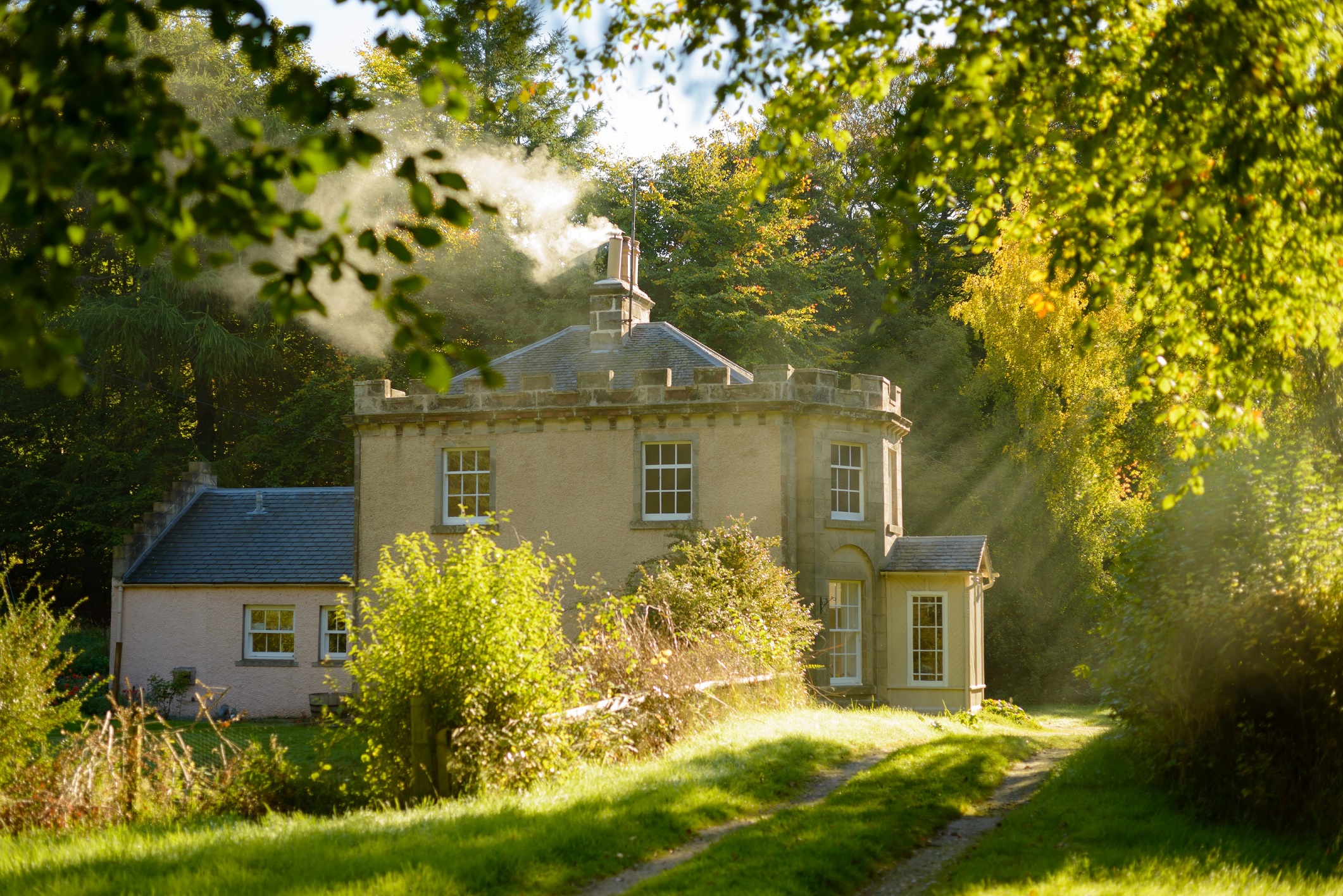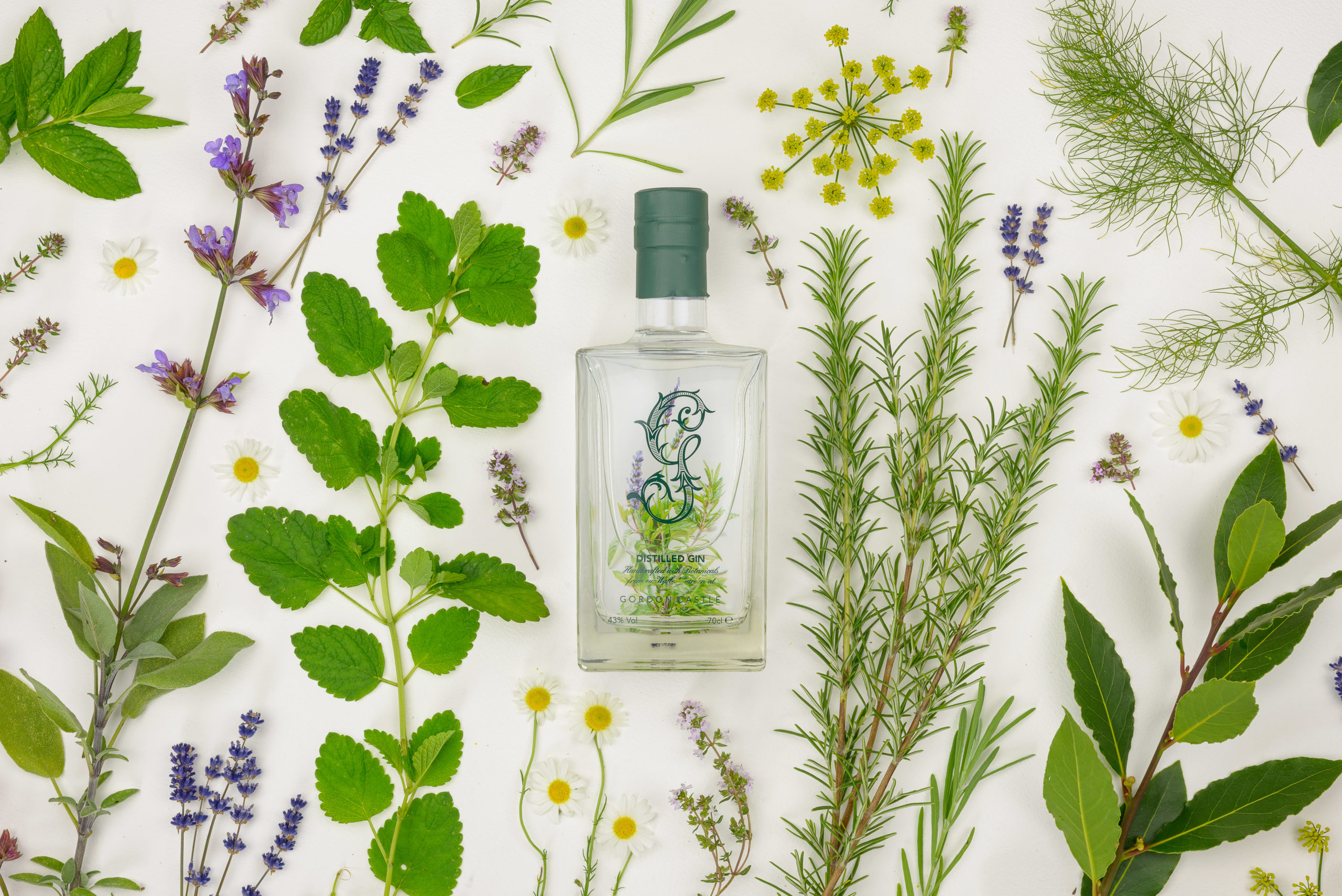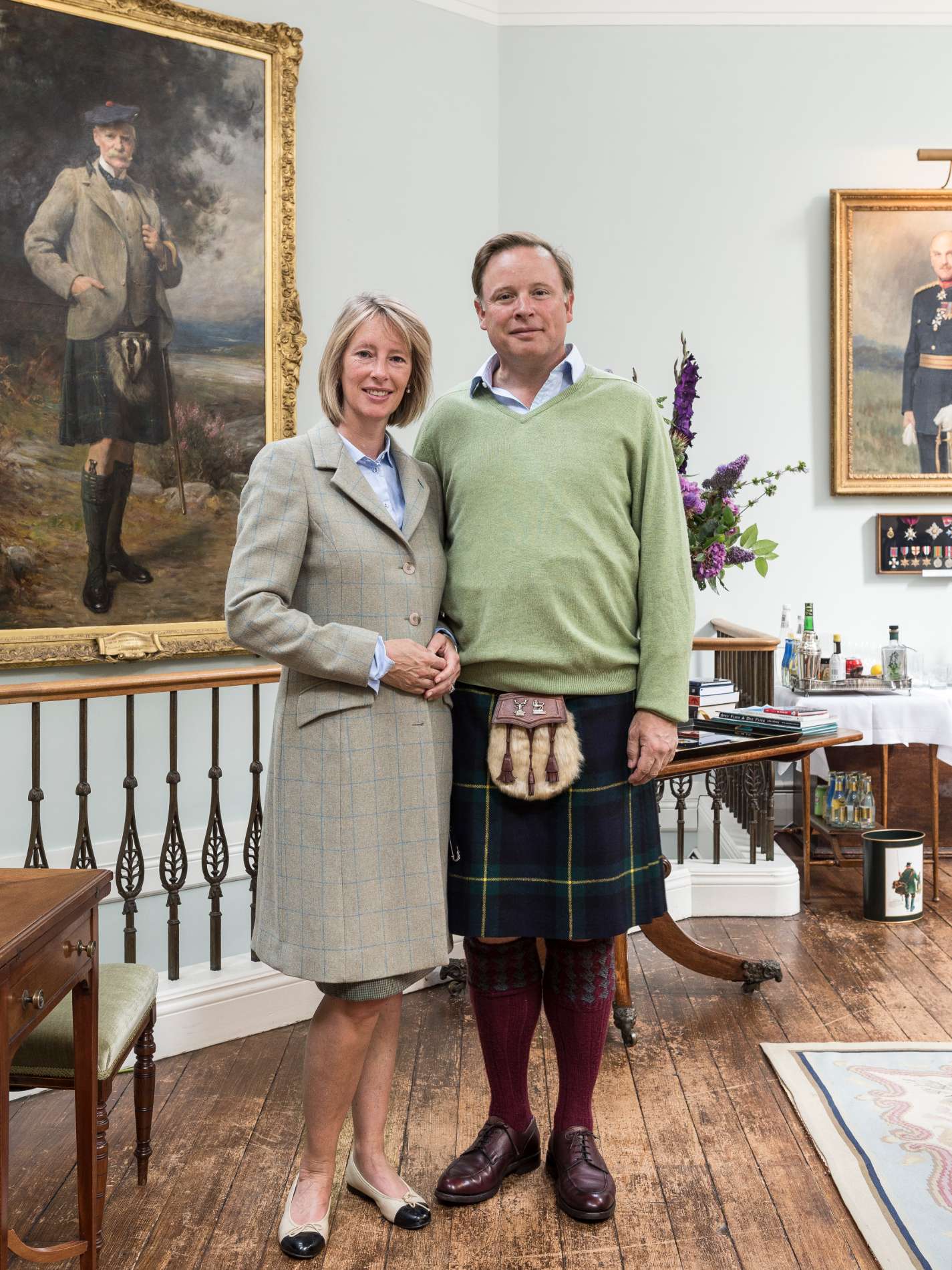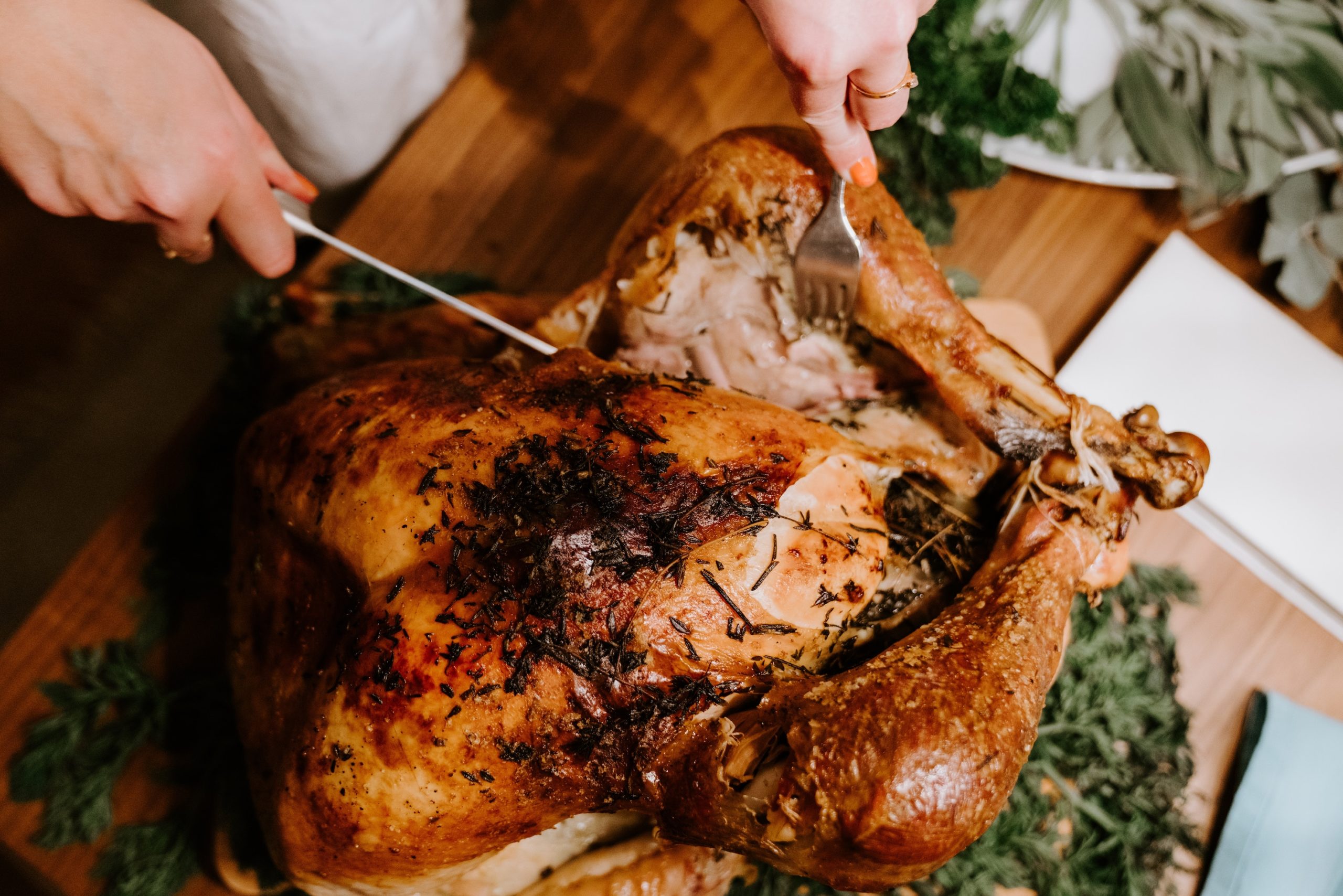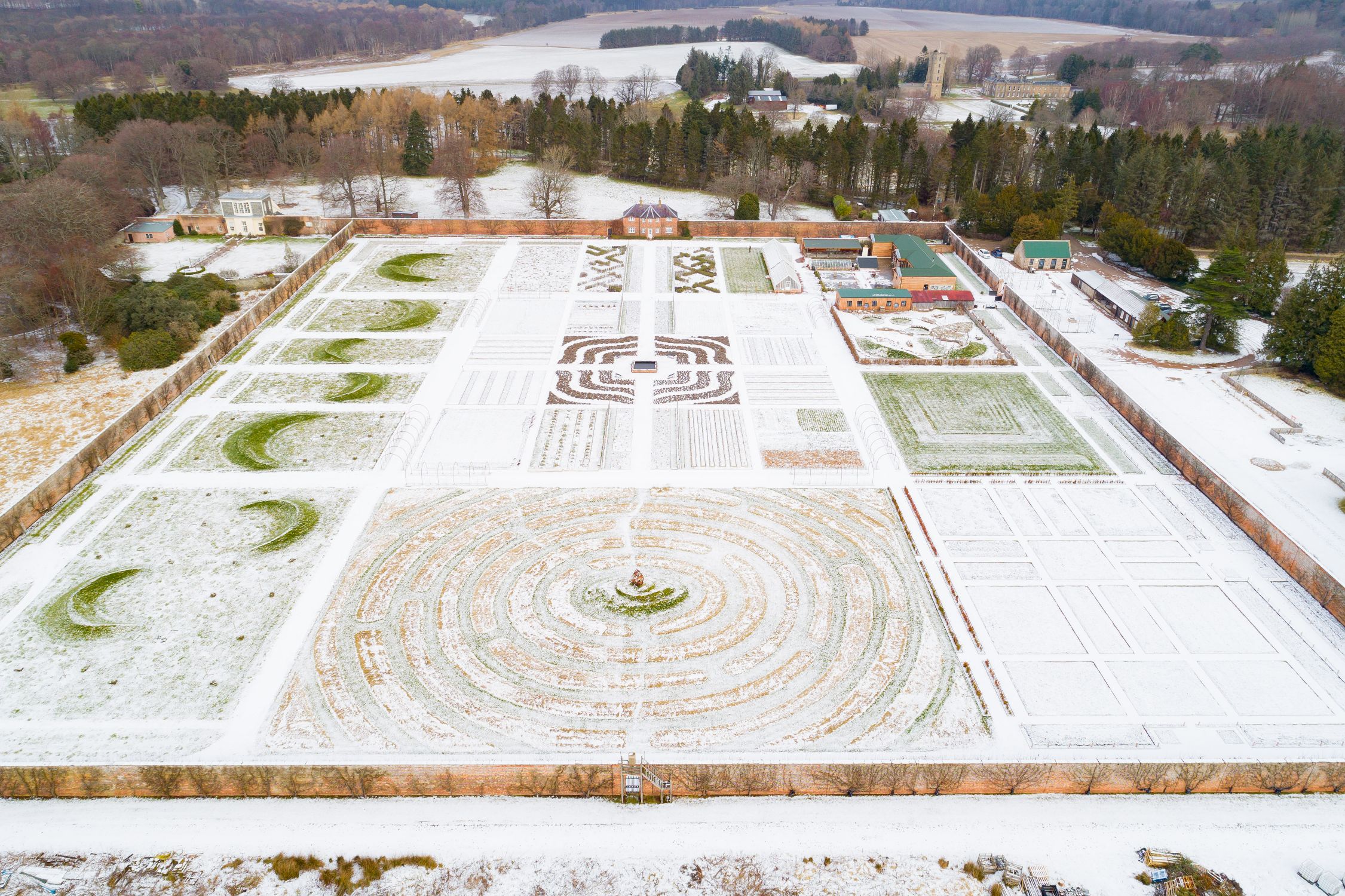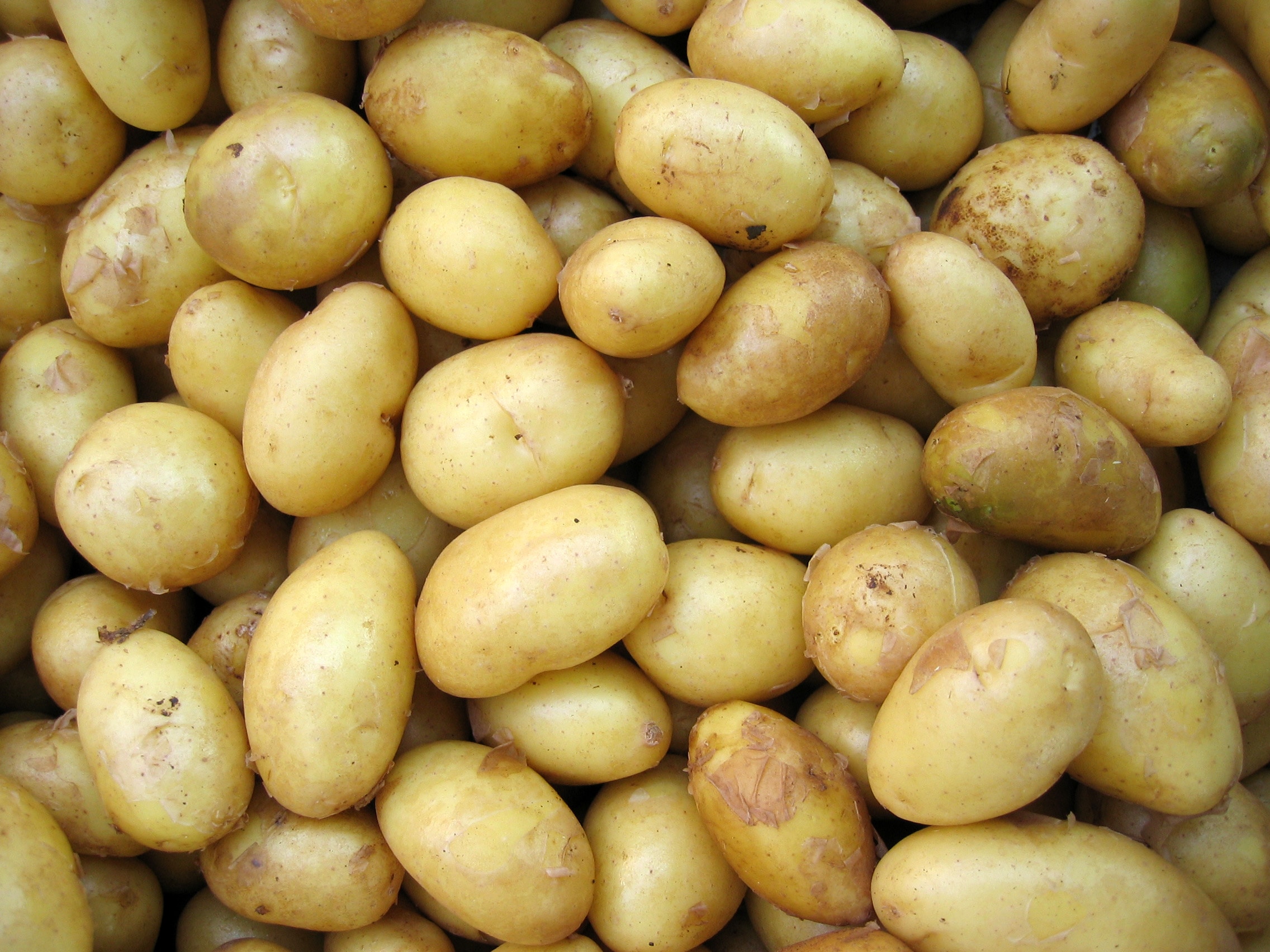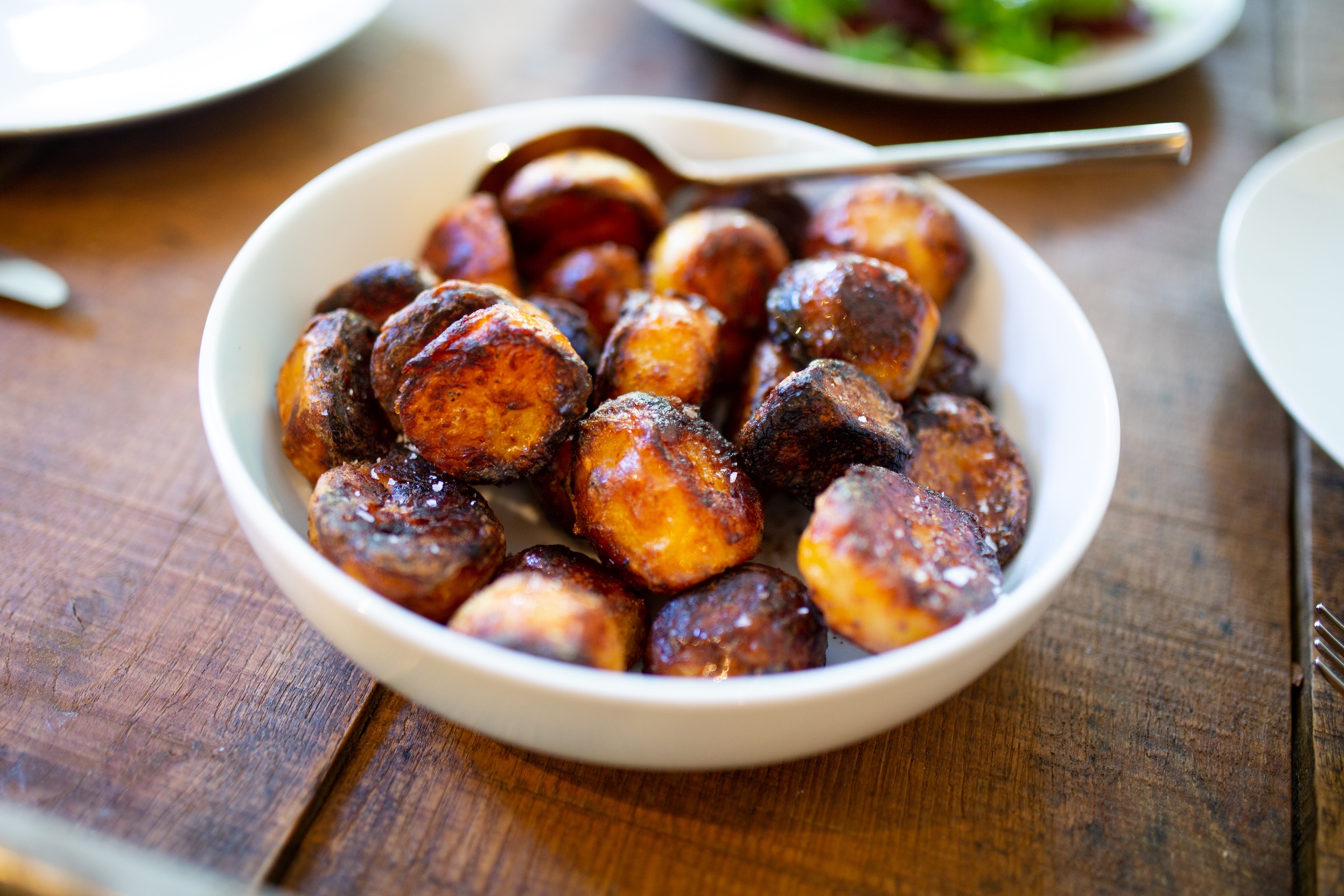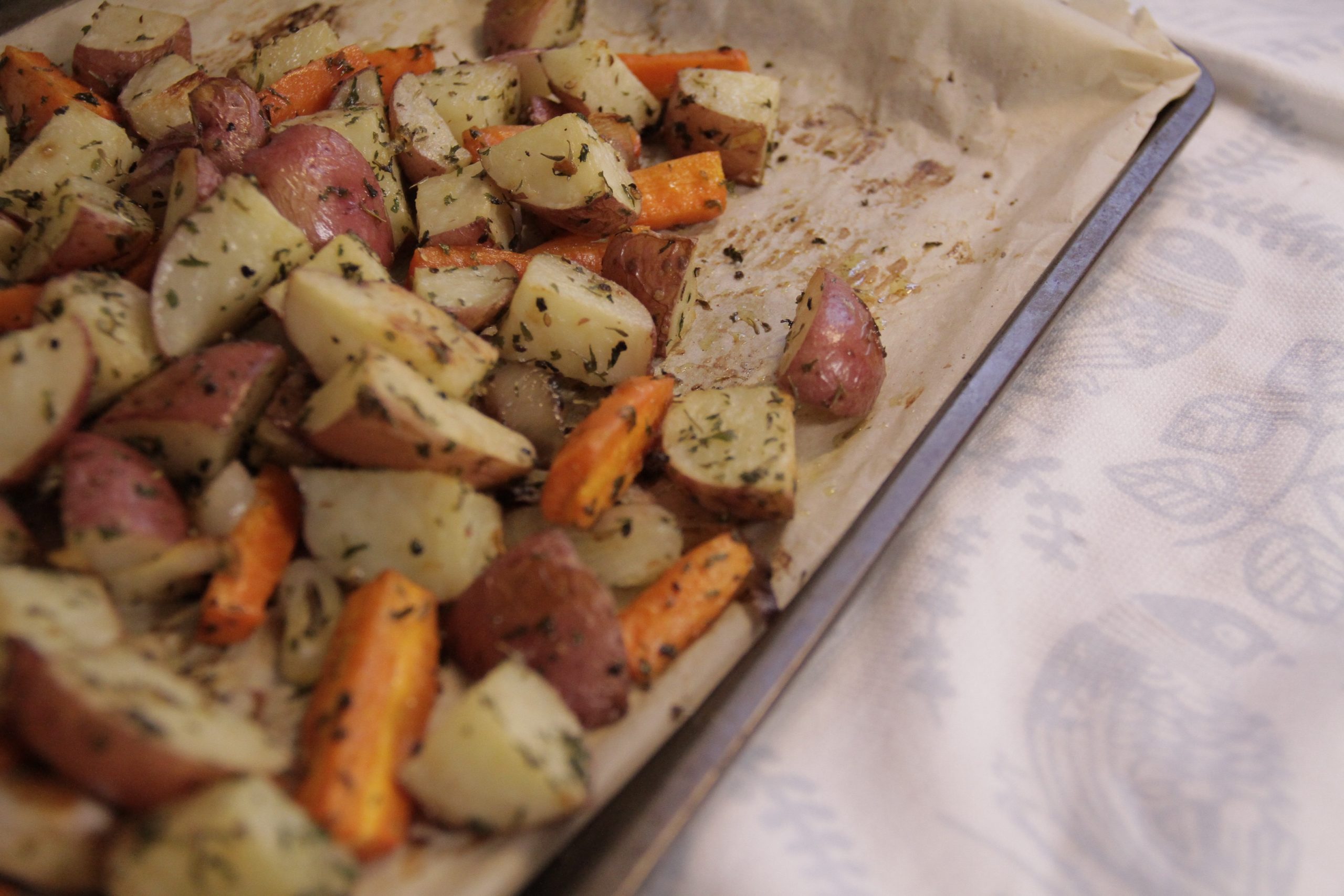It is Tuesday, 25th May; the weather is dull and less than warm as I drive along the avenue of green towards the castle gardens. Suddenly a bright field of sunshine yellow rapeseed flowers illuminate my path and, in their midst, in majestic contrast stand two ancient copper beech trees surveying the scene. Wow! What a welcome!
The cold wet spring has left us longing for some sun. Both Mother Nature and the gardeners have been soaked and chilled but, in-spite of the cold, they press on undeterred. The Head Gardener, Ed Bollom says’ It is either cold and wet or hot and dry at this time of the year so we just adapt and get on with it. This year everything is very late.’
There is a lot to do; weeds seem to thrive in bad weather so the battle against them continues. Weeding never ends!
Today is Thursday 27th May, and as I write suddenly the clouds have parted, the sun has arrived! Still waiting patiently by the greenhouses over 10,000 plants grown from seeds earlier this year are ready to be transferred into the prepared beds. Planting out is top priority so the gardeners will be pleased to feel warm sun on their backs as they work. The tulip bulbs which gave such a riot of colour earlier will be replaced with multi-coloured successors such as cosmos, cornflowers, larkspur, poppies, snap dragon – the list is endless! Sweet peas are already producing tentative tendrils as they begin their slow ascent of the trellis up which they will grown to produce a wealth of scented blooms in just a few weeks time. A bunch of sweet peas is indeed the epitome of a summer day.
Both the potatoes and their companion rows of salads are vibrant green and growing steadily. Fresh salads are a feature on the restaurant menu and new varieties like fiery mix will be cut fresh each day. Broccoli, cauliflower and Brussels sprouts will join kale and cabbage already growing in the brassica bed. Young tender kale should be ready for picking soon.
The garlic is doing well promising a good crop. Beetroot, carrots and onions are going into the earth very soon to be followed by runner beans, courgettes and ‘giant;’ pumpkin plants. One to watch! I wonder how big the pumpkins will grow?
Meanwhile the artichokes have re-seeded filling the border with strong plants.
Nearby the asparagus beds still yield a good crop, which has been especially good this year and hopefully will continue into June. Please order in advance to avoid disappointment.
An exciting new development is Liz Allan’s trial bed where she is growing a selection of heritage vegetables.
Liz has already planted Highland burgundy red and Shetland black potatoes, Pasatenaga negra (Spanish black) carrots, Burpees golden beetroot, sweet Spanish yellow onions, golden ball turnips and early white Milan turnips. Waiting in the greenhouse are young romanesco cauliflowers and red drumhead cabbage plants which she will be planting out soon.
The results will be of great interest and I for one look forward to trying some recipes!
At one end of the large greenhouse bright red earthenware pots filled with vibrant green tomato plants catch the eye and at the opposite end is a colourful display of flowers alongside a bed of budding roses sheltering from the changeable weather so they are ready to cut for special occasions. The small greenhouse will soon be emptied of ‘plants in waiting’ which will be replaced by a variety of cucumbers and melons!! Last year’s melons proved succulent and sweet, may this crop prove as delicious.
Across the garden in the soft fruit area a carpet of white blossom covers the strawberry beds. Watching over erect, green and promising a rich crop, the raspberry canes stand silently waiting. New step over gooseberry bushes are bursting with growth and close by the black and red currant bushes are starting to form clusters of berries. Recently planted gooseberry bushes are growing well. The hard work establishing this area shows all the signs of bearing a prolific soft fruit harvest.
We must not forget the oyster catchers who return each year. One pair has taken up residence in the pear sculpture which sits in the centre of the maze. I tried to capture a photo of the first chick but mum and dad were not so keen. The antics of these black and white feathered birds with that distinctive orange curved beak are a joy to watch as they dot round the gardens looking for tasty morsels to feed their young.
At the potting shed a selection of colourful ready to go flowers including the ever popular geraniums will soon be on sale.
The garden is coming into vibrant life when all is fresh, growing and green. It is a good time visit. After a walk in the grounds enjoy the café which serves delicious home bakes and freshly prepared light meals using garden produce where they can.
As the 1744 Gordon Castle family hymnary says, ‘He shall be like a tree planted by a river which in his season yields his fruit and his leaf fadeth never.’ (Ps 1 verse 3)
And so it is, this is a special place to appreciate the wonder of nature in all its hues.
RECIPES
Parmesan and asparagus quiche
20cm (8in) quiche
115g (4oz) short crust pastry
30g (1oz) butter
30g plain flour
240mls (8fl oz) full cream milk
30g (1oz) parmesan cheese
Salt and ground black pepper
Fresh lemon juice
1 egg – separated
115g (4oz) steamed asparagus – chopped
30g (1oz) grated parmesan cheese plus extra for dusting
Heat the oven to 180C (160C fan) 350F, Gas 4. Line a flan dish with the pastry. Melt the butter in a pan and stir in the flour. Stir in the milk and then keep stirring over a low heat till the sauce thickens and boils. Remove from the heat, add the parmesan cheese, seasoning and lemon juice to taste. Beat in the egg yolk and stir in the asparagus Whisk the whites till softly stiff and fold into the sauce. Pour into the pastry case, dust with a little parmesan and bake on a baking tray in the middle of the oven for 25 to 30 minutes till set and golden on top. Serve hot or cold.
Steamed asparagus with lemon butter and flaked almonds
Quick and so delicious!
Allow 12 stems of freshly picked asparagus per person (or more if you like)
30g (1oz) butter
Grated lemon zest
A small handful of flaked almonds
Simply wash and trim the asparagus and steam 4 minutes. Meanwhile melt the butter adding freshly grated lemon zest. Quickly toast the almonds under a medium grill.
Serve the asparagus with warm lemon butter, scattered with the hot flaked almonds and enjoy.
Rhubarb and custard upside down cake
140g (5oz) chopped fresh rhubarb
15g ( ½ oz ) soft brown sugar
85g (3oz) butter
60g (2oz) caster sugar
1 large egg
85g (3oz) self raising flour
20g ( ¾ oz) custard powder
2 tablespoons milk
Demerara sugar to sprinkle
Heat the oven to 180C (160C fan) 350F, Gas 4. Oil and line the base of a 18cm (7in) round sandwich tin. Sprinkle the soft brown sugar over the base then scatter the rhubarb evenly over this. Cream the butter and sugar till light, beat in the egg and then stir in the flour, custard powder and milk to make a soft dropping consistency. Spread evenly over the rhubarb. Bake in the middle of the oven for 20 minutes till risen and firm and the point of a skewer inserted in the middle comes out cleanly. Cool in the tin. Turn out onto a flat plate, sprinkle with Demerara sugar and enjoy freshly baked.
Rhubarb gingerbread cake
Makes a tin 18cm x 30cm (7in x 12in)
140g (5oz) light soft brown sugar
140g (5oz) softened butter
85g (3oz) golden syrup
2 large eggs – beaten
140g (5oz) plain flour
2 teaspoons baking powder
½ teaspoon bicarbonate of soda
2 teaspoons ground ginger
85g (3oz) porridge oats
85g (3oz) chopped rhubarb
4 tablespoons milk
Heat the oven to 180C (160C fan) 350F, Gas 4. Oil and line the baking tin. Cream the butter and sugar till light, beat in the syrup and eggs (the mixture will curdle don’t worry). Sift eh flour, raising agents and spices into the bowl, add the oats, rhubarb and milk and stir everything together. Pour into the prepared tin; spread evenly tapping the base of the tin on to work surface to remove any trapped air. Bake 25 minutes in the middle of the oven till risen and firm and the point of a skewer inserted in the middle comes out cleanly. Cool in the tin. Cut into squares and enjoy freshly baked. Store in an airtight container in a cool place for up to 5 days.

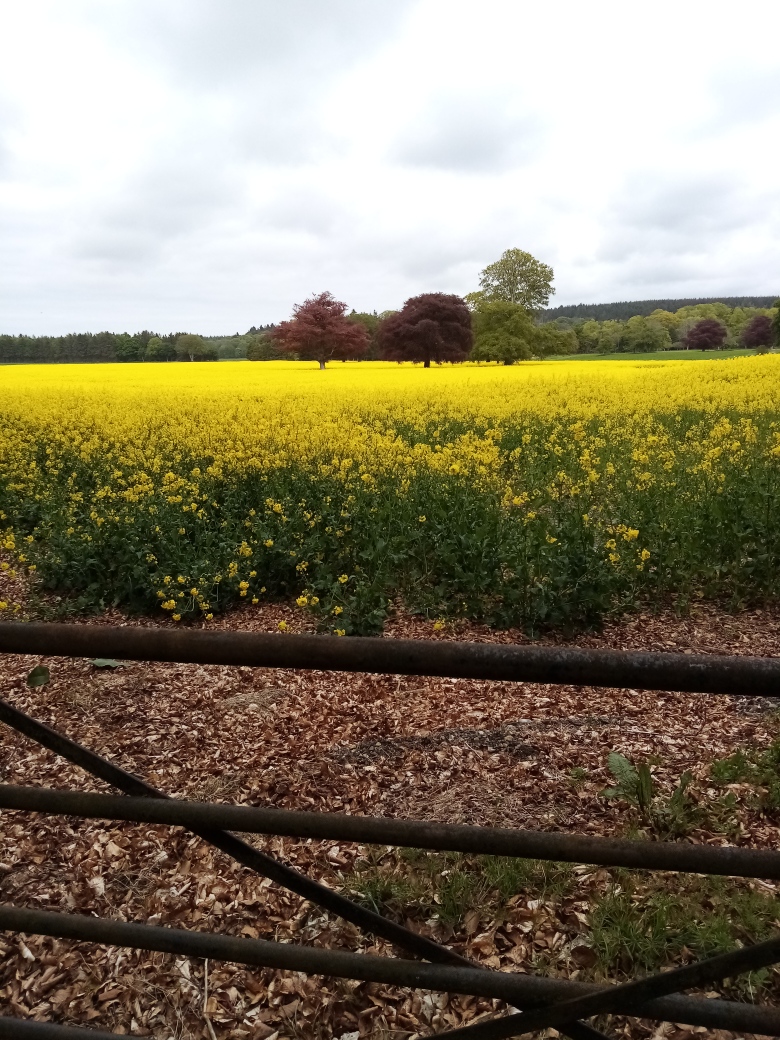



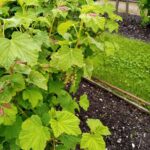
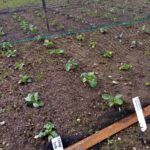


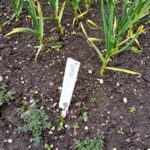





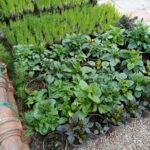


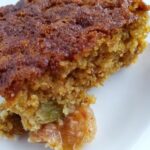


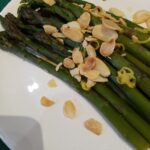
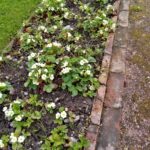



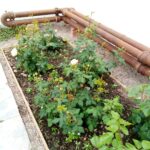
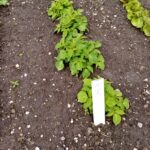




















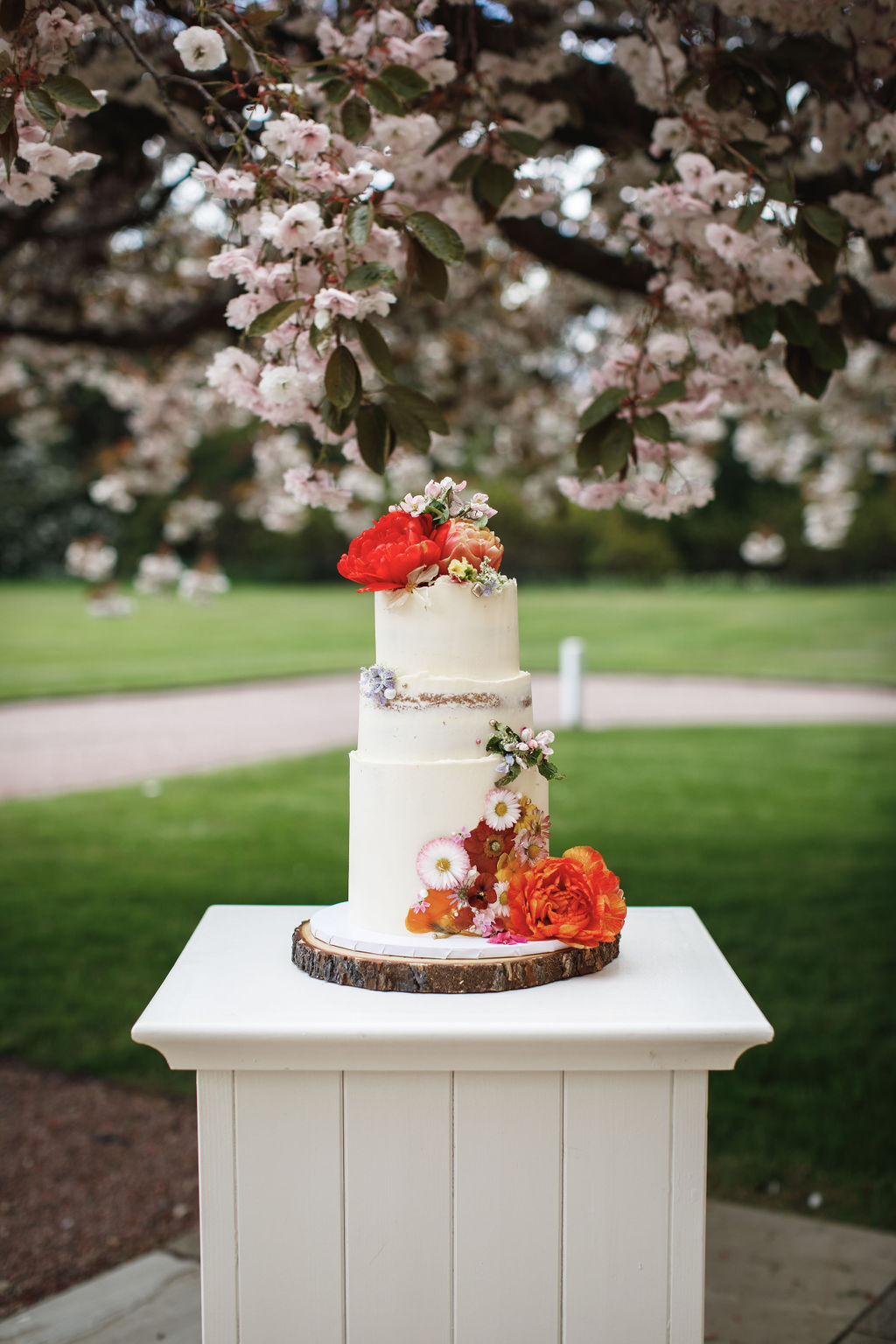








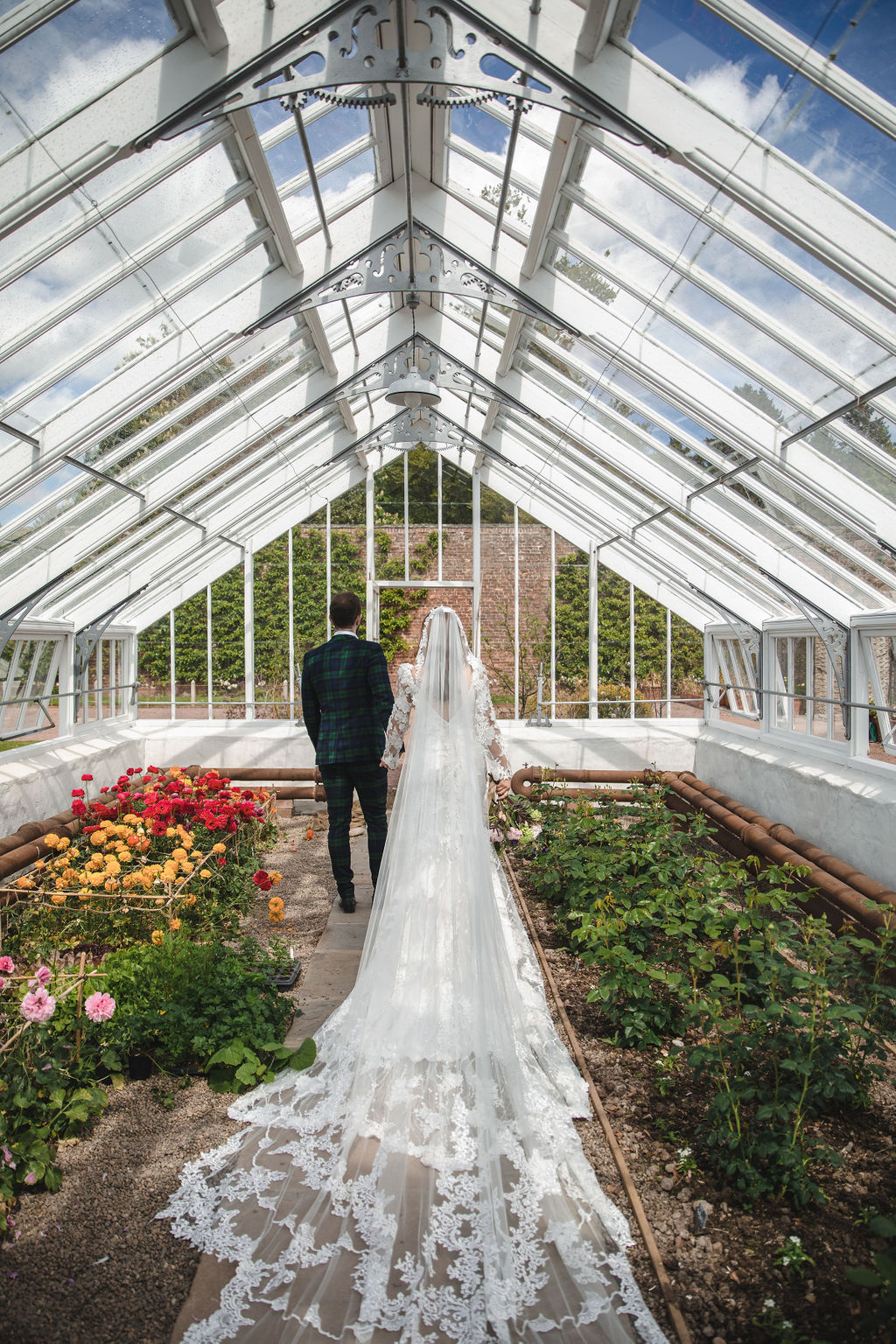
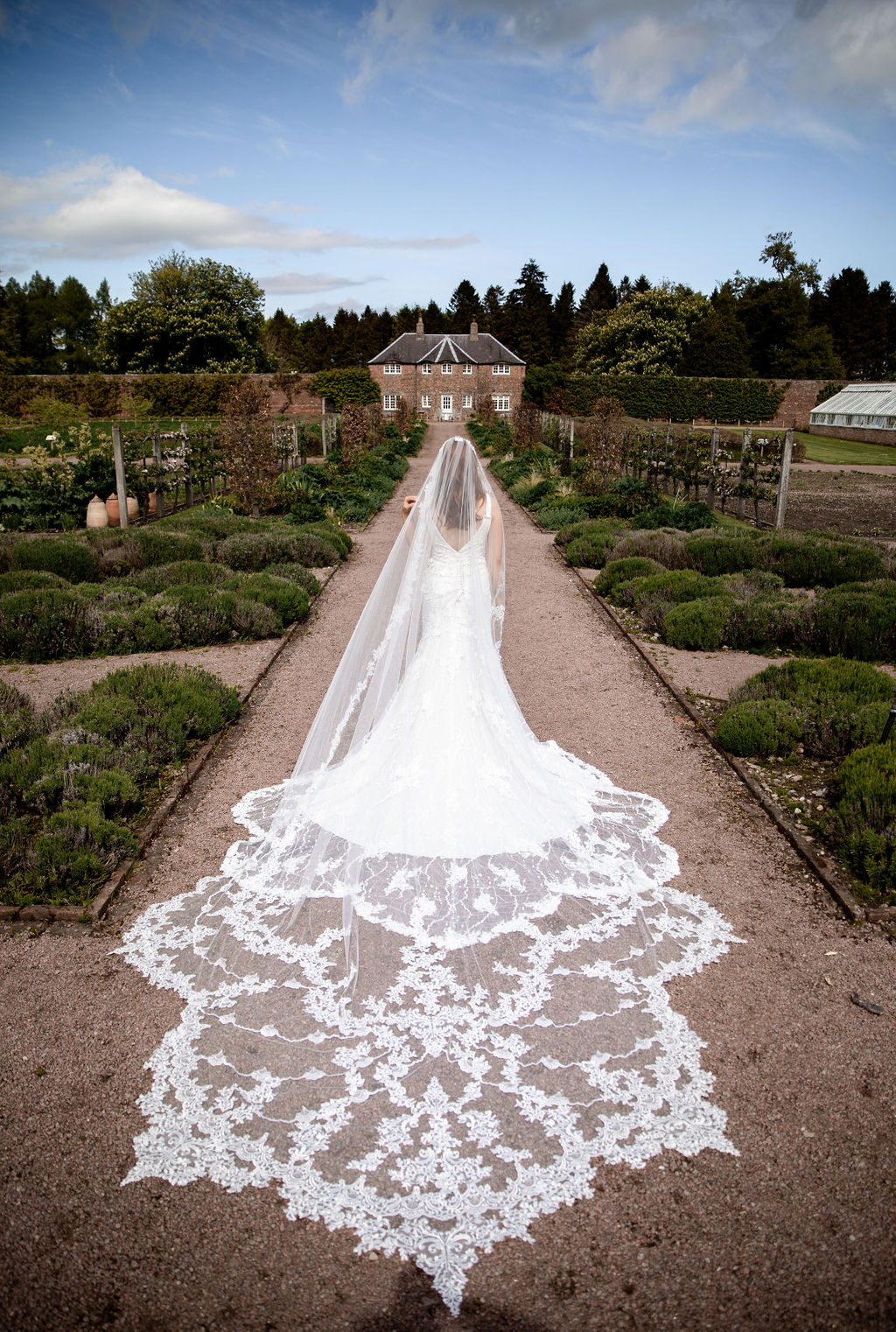




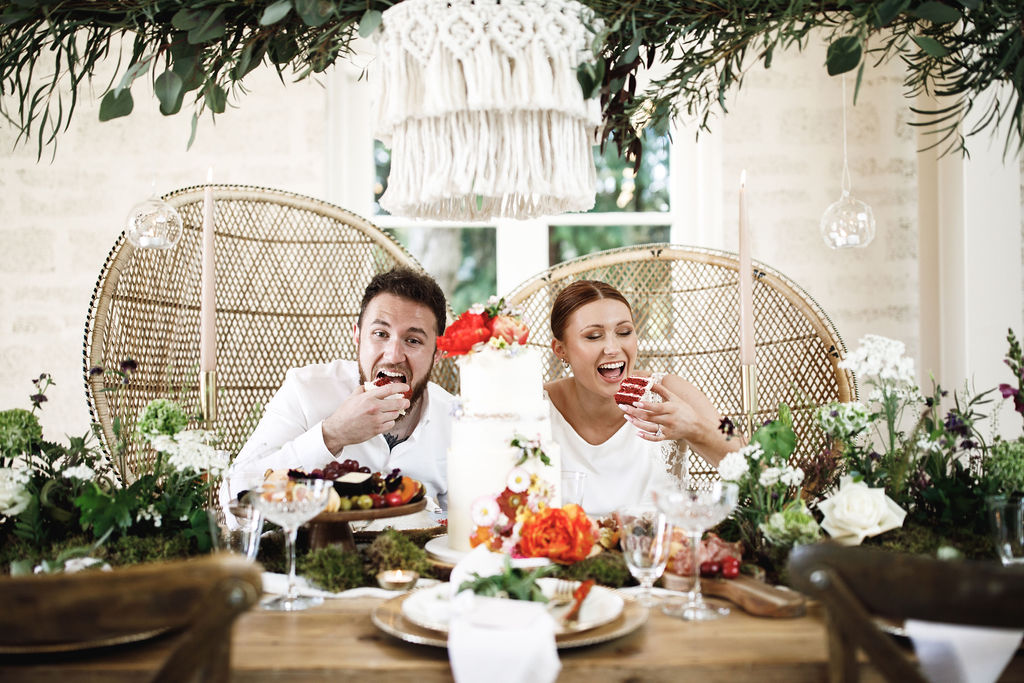






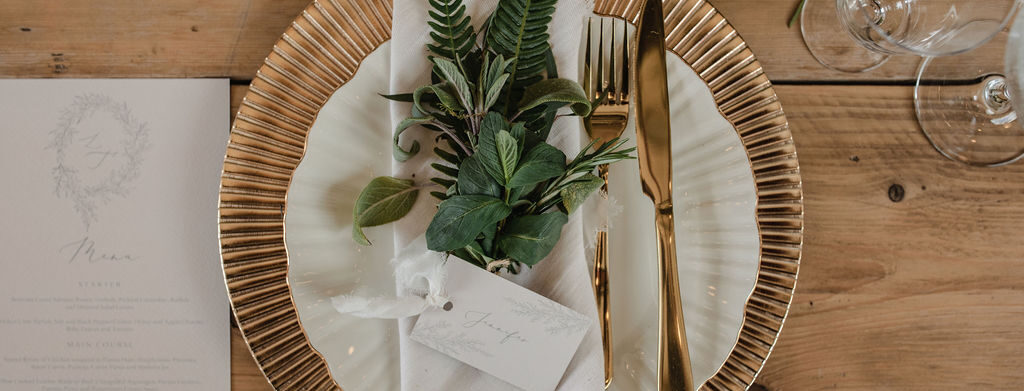
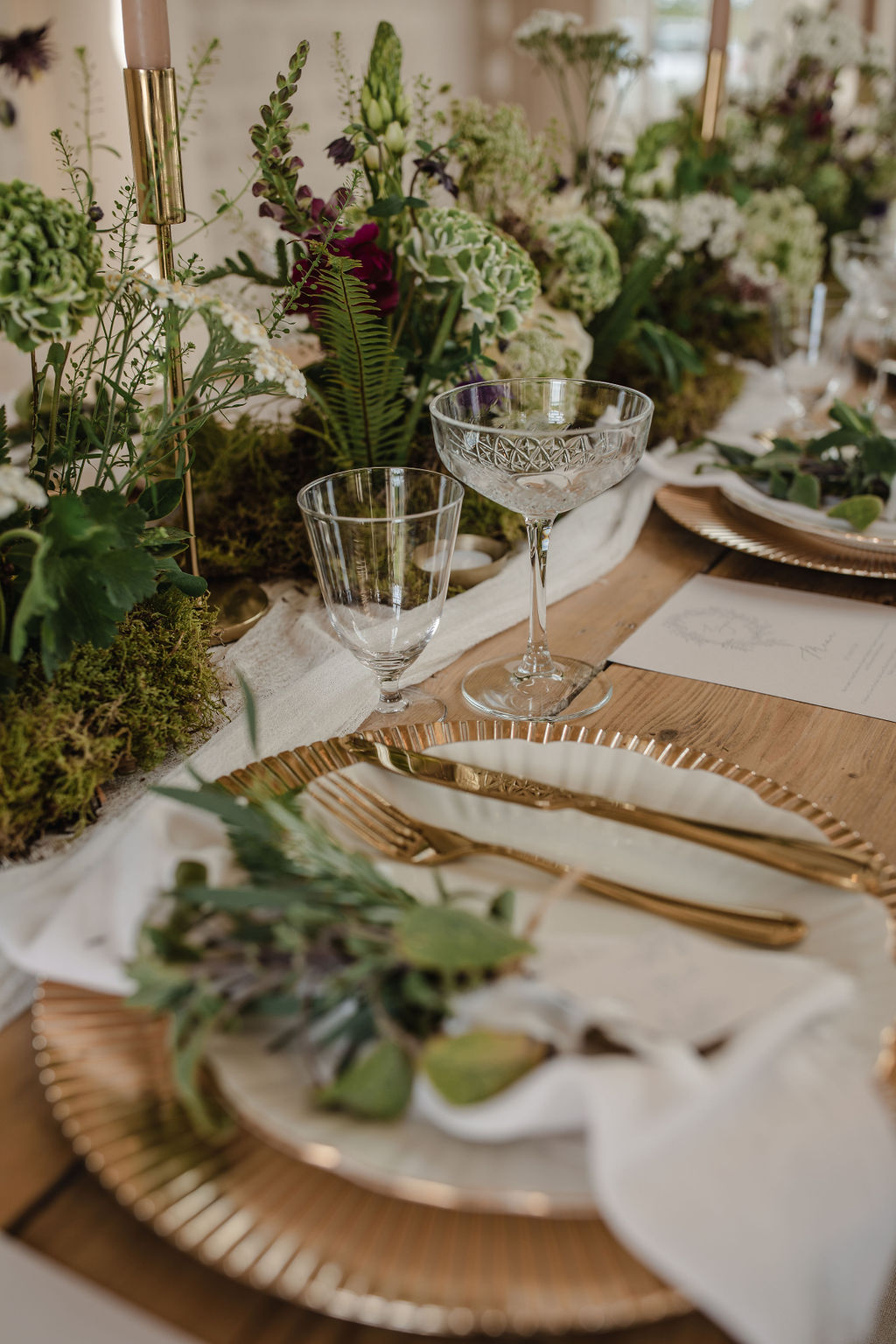
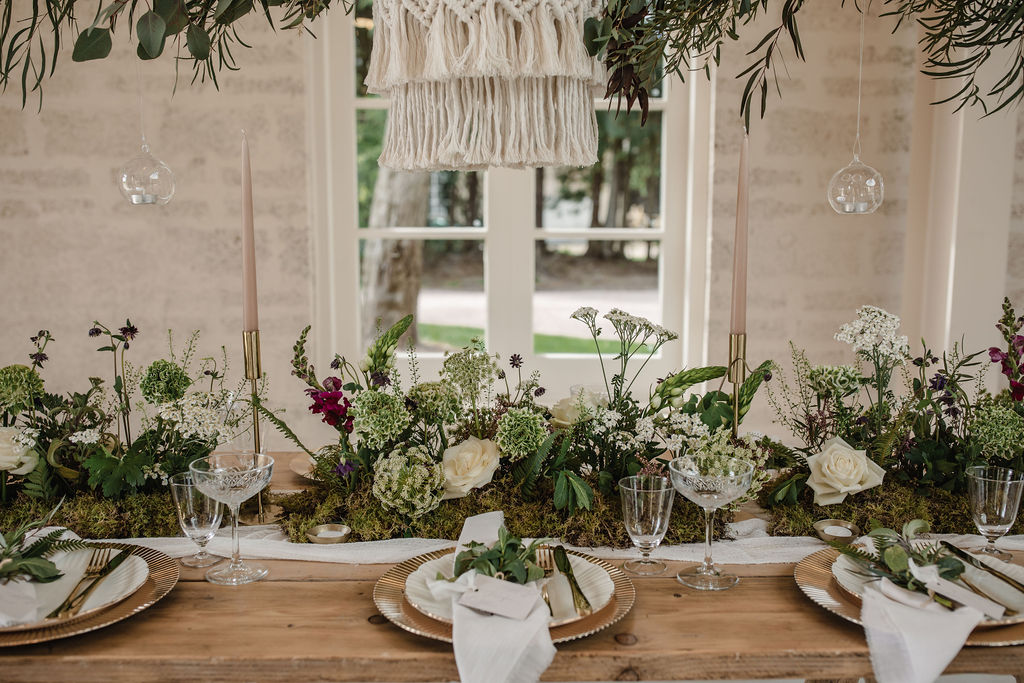
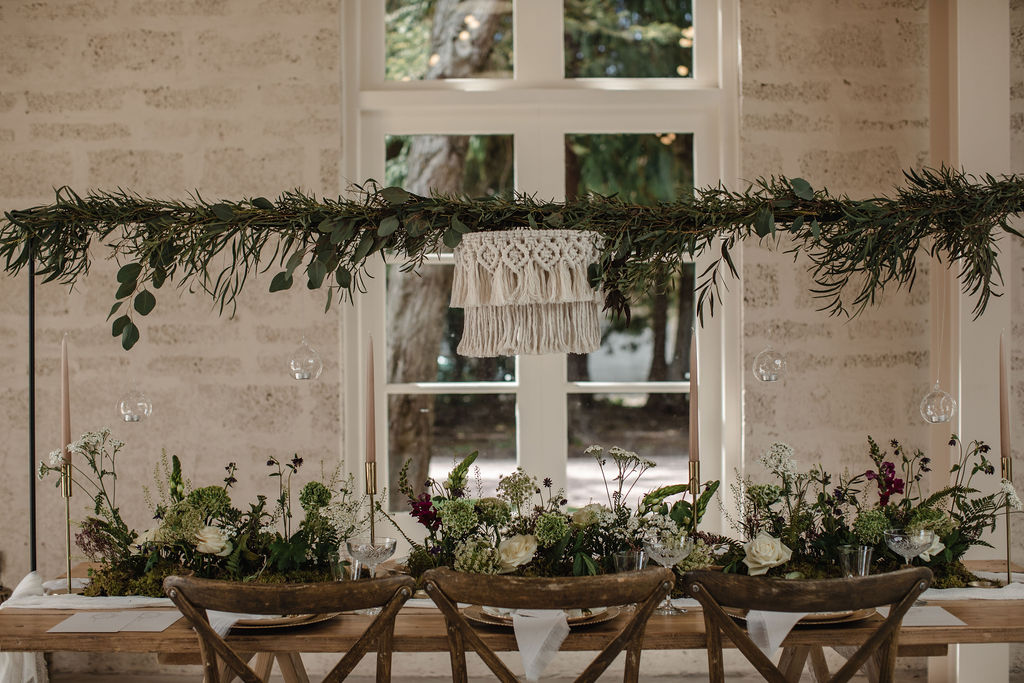
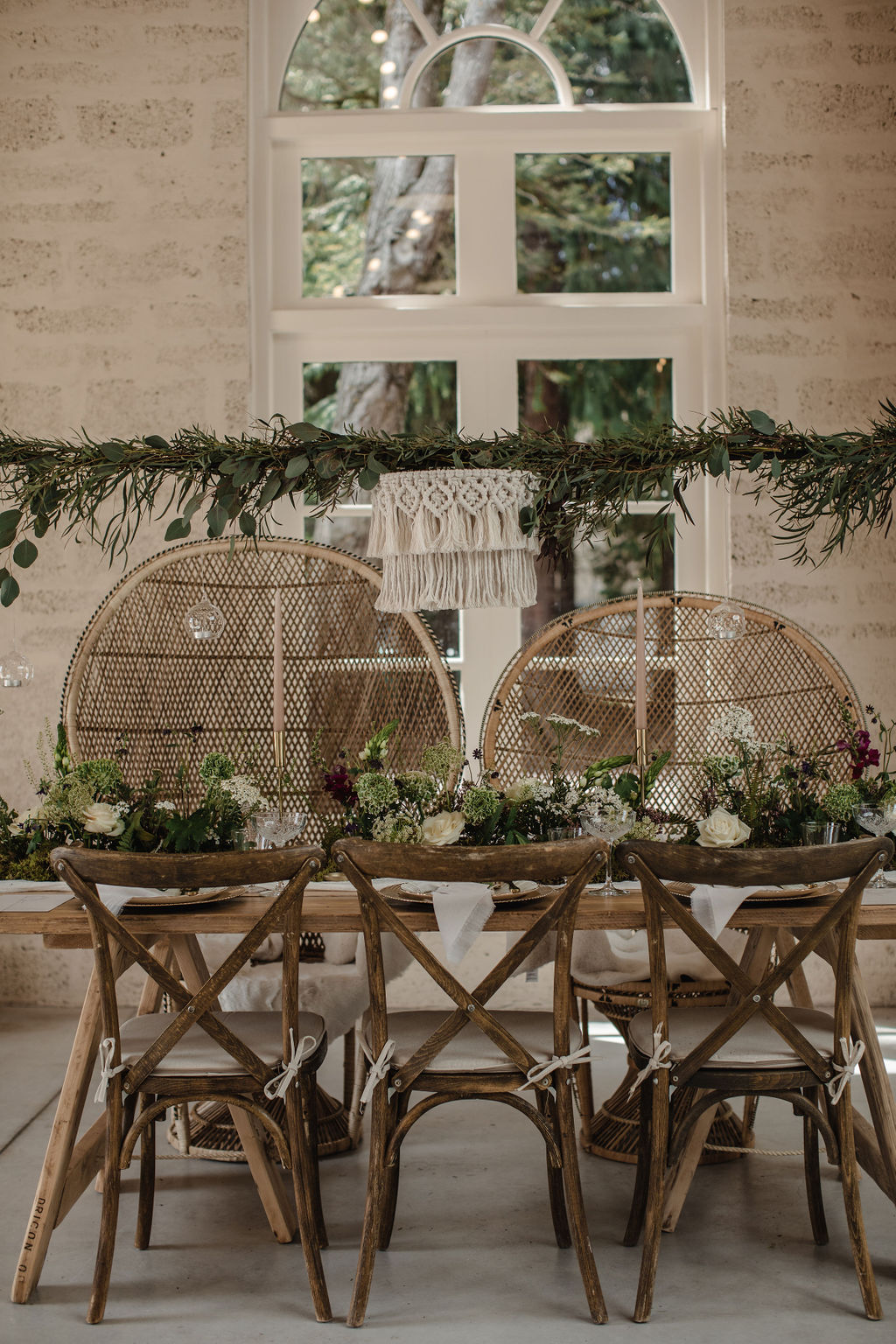

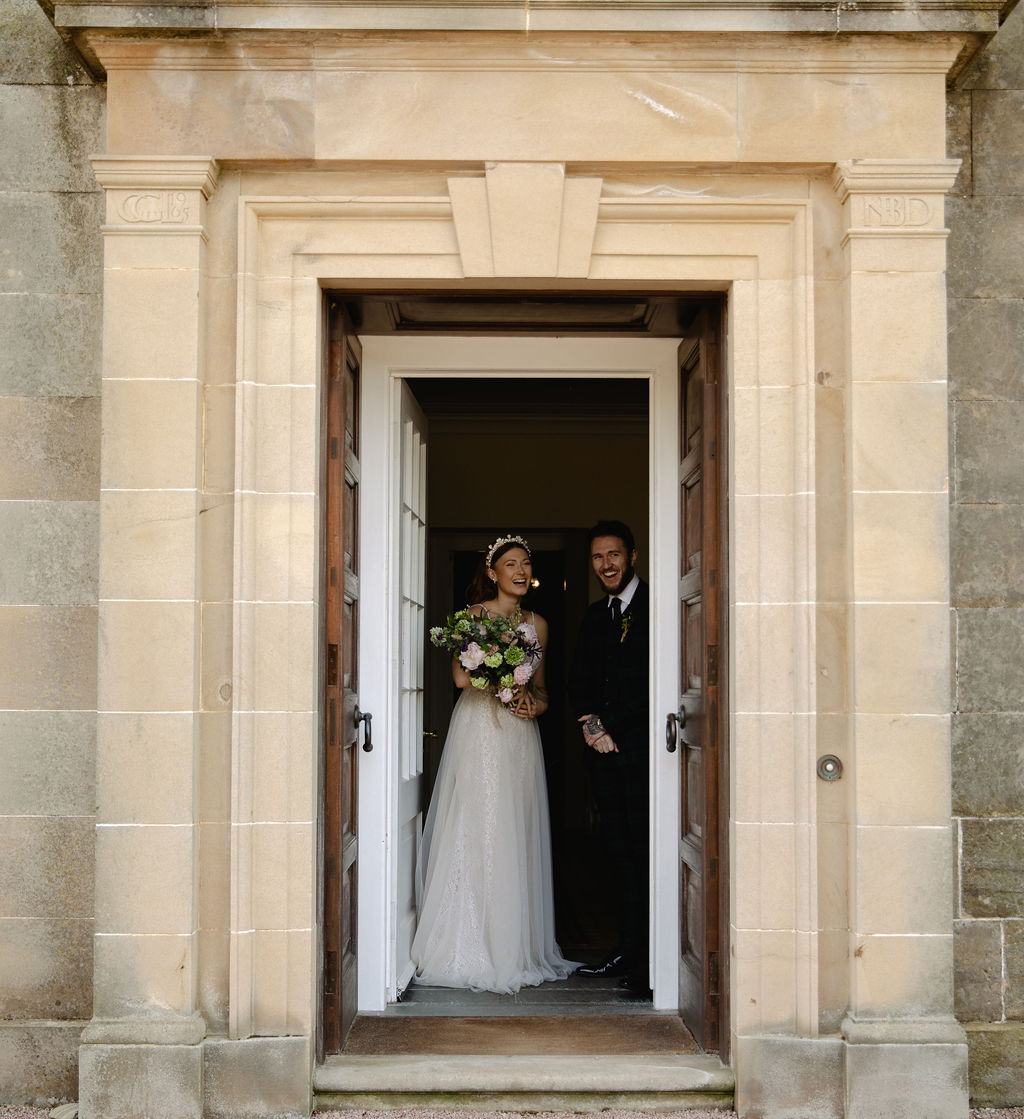












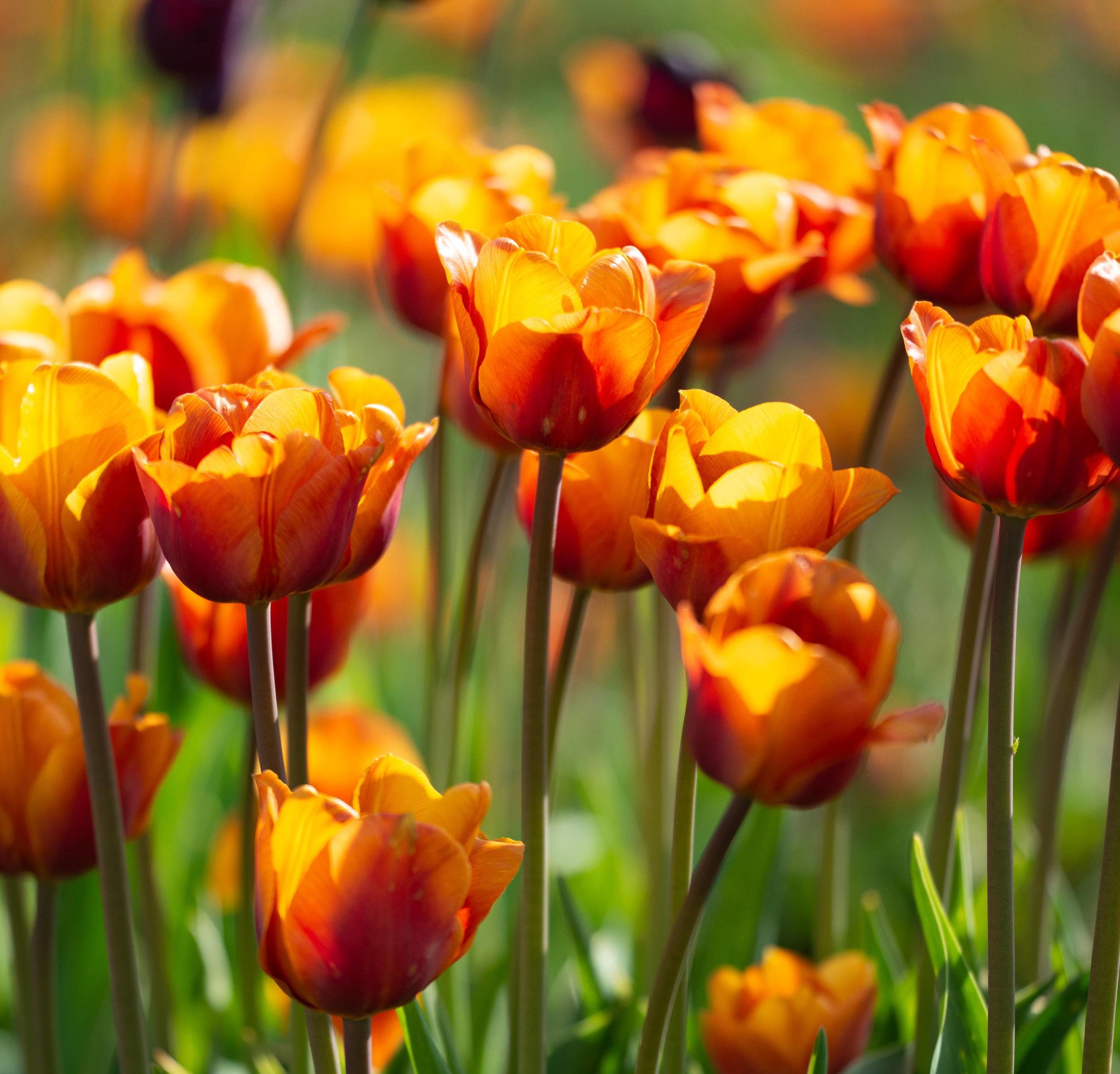











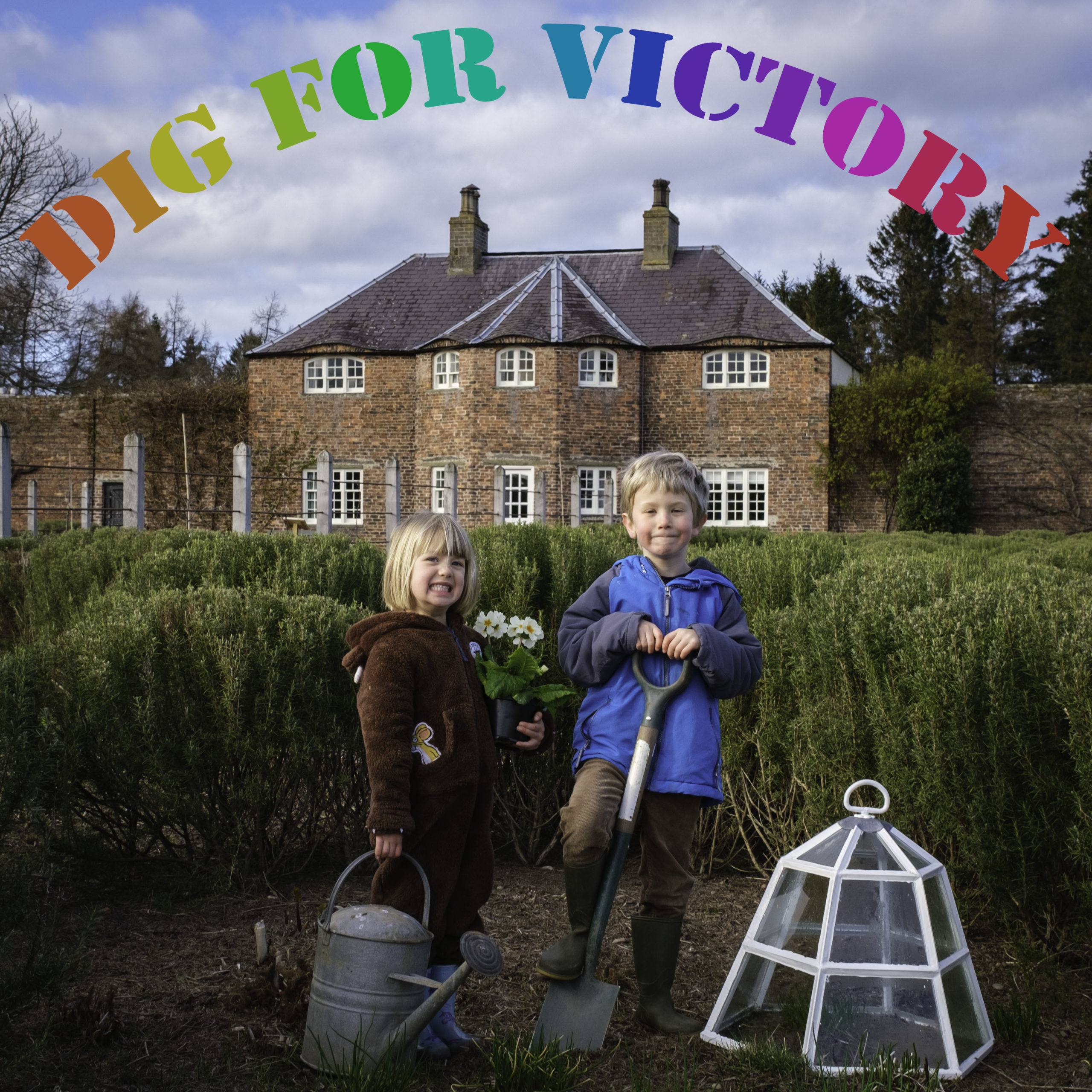
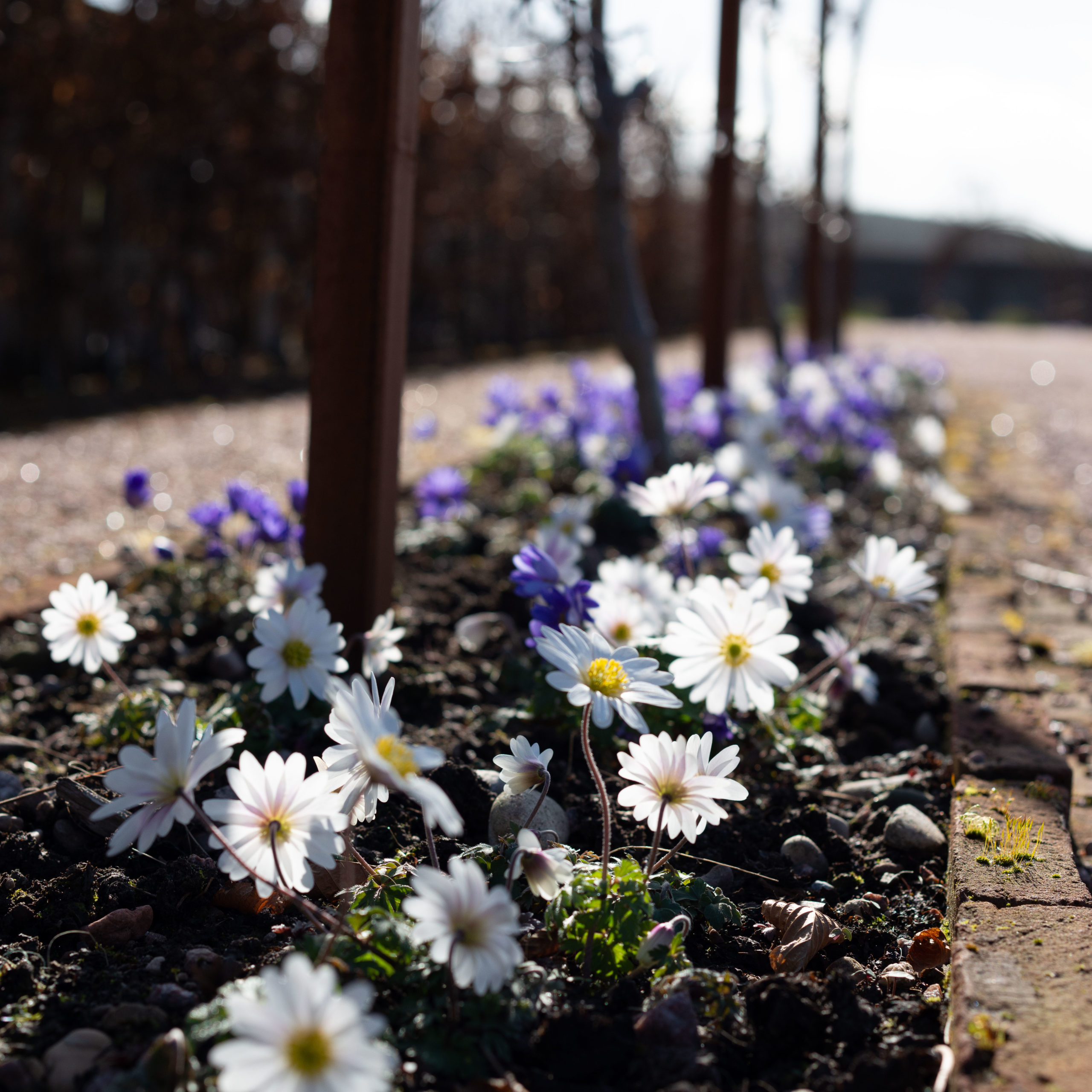
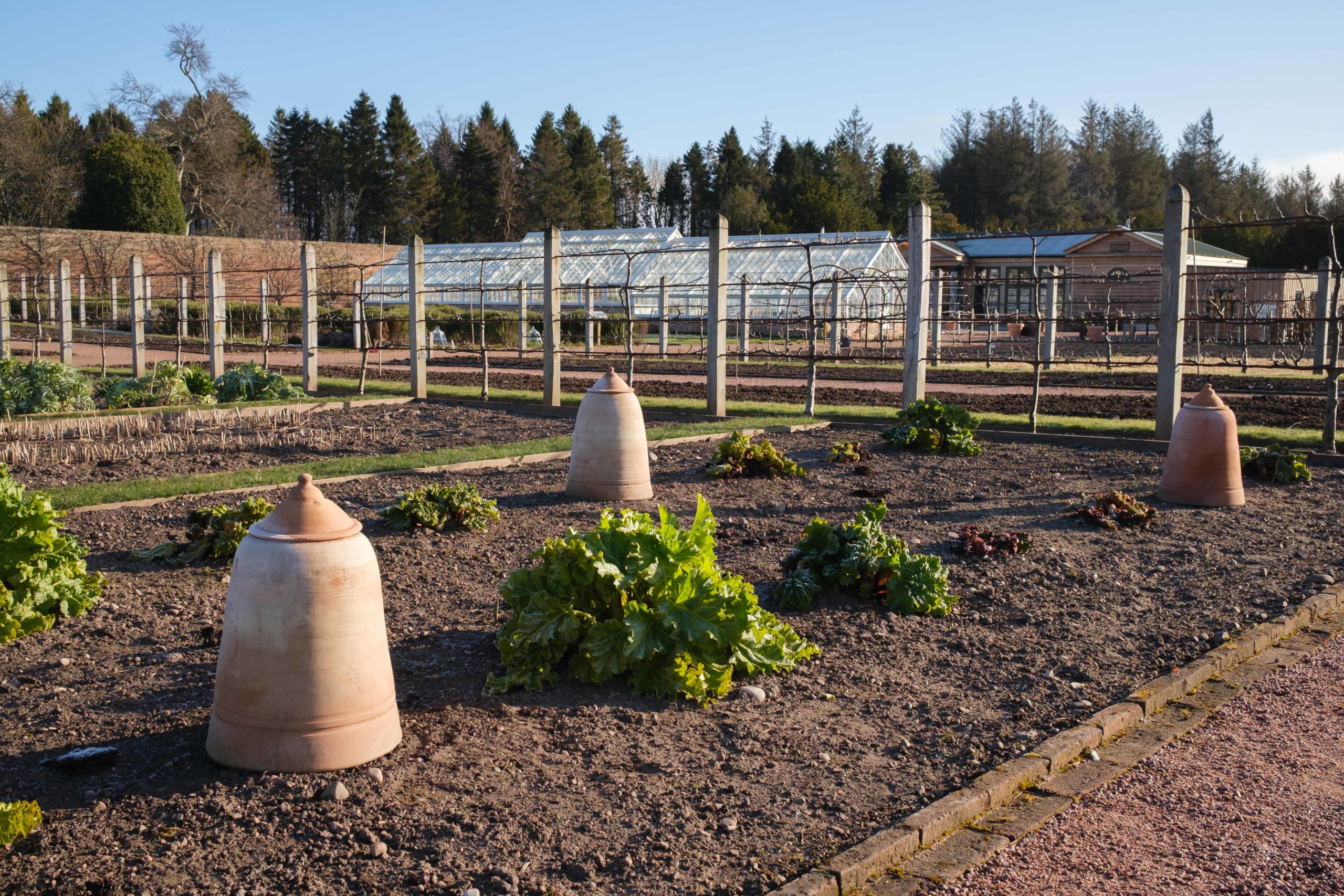
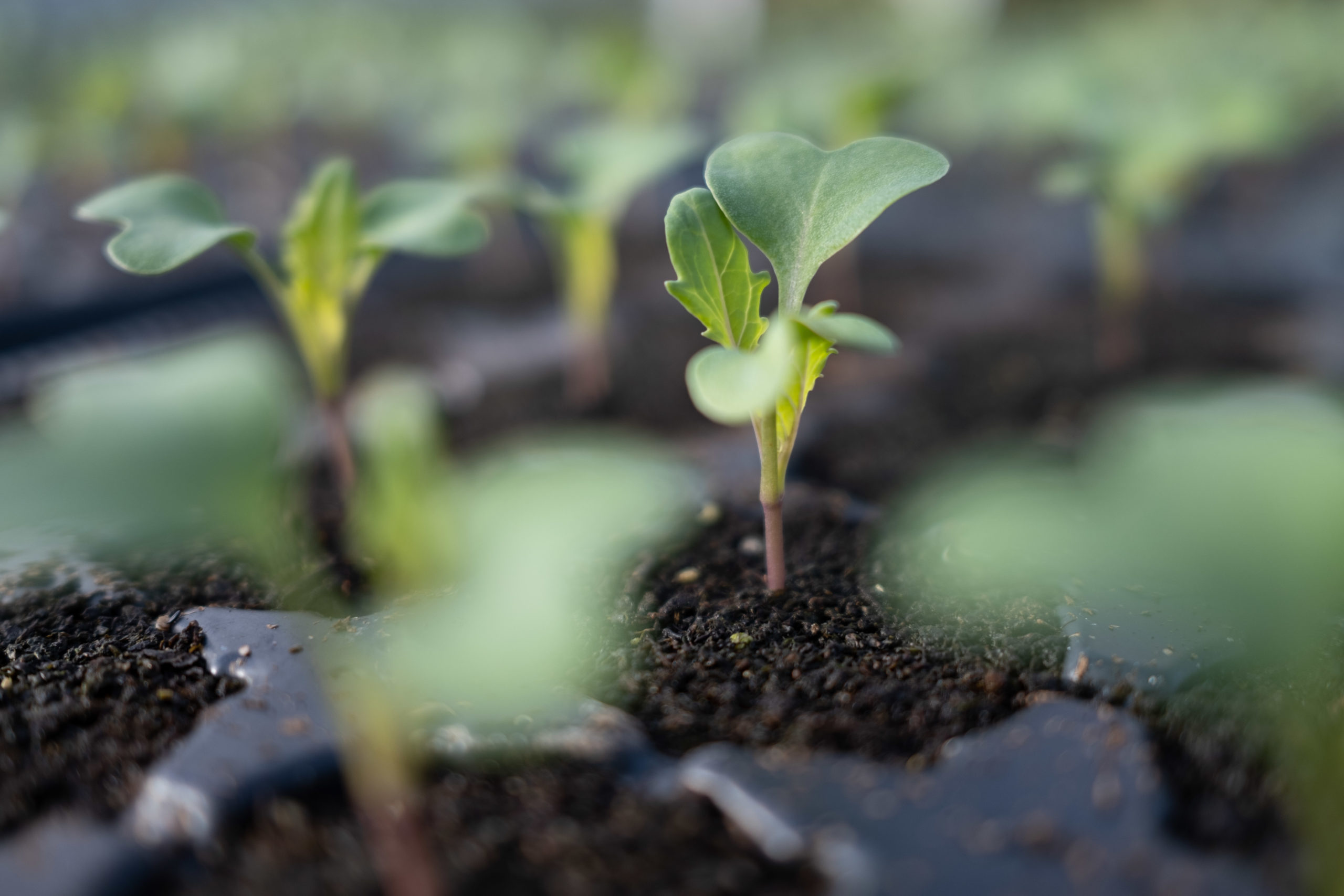
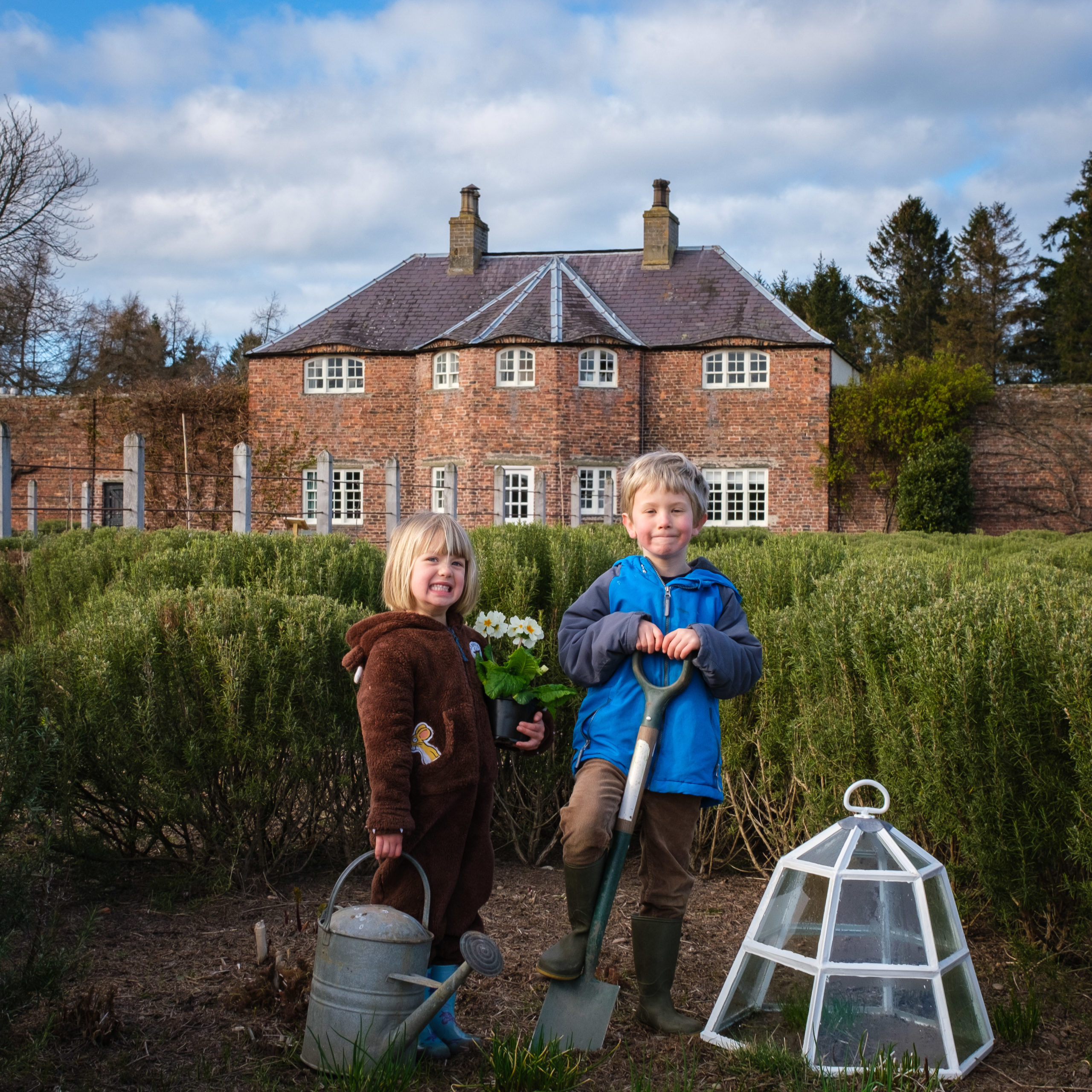
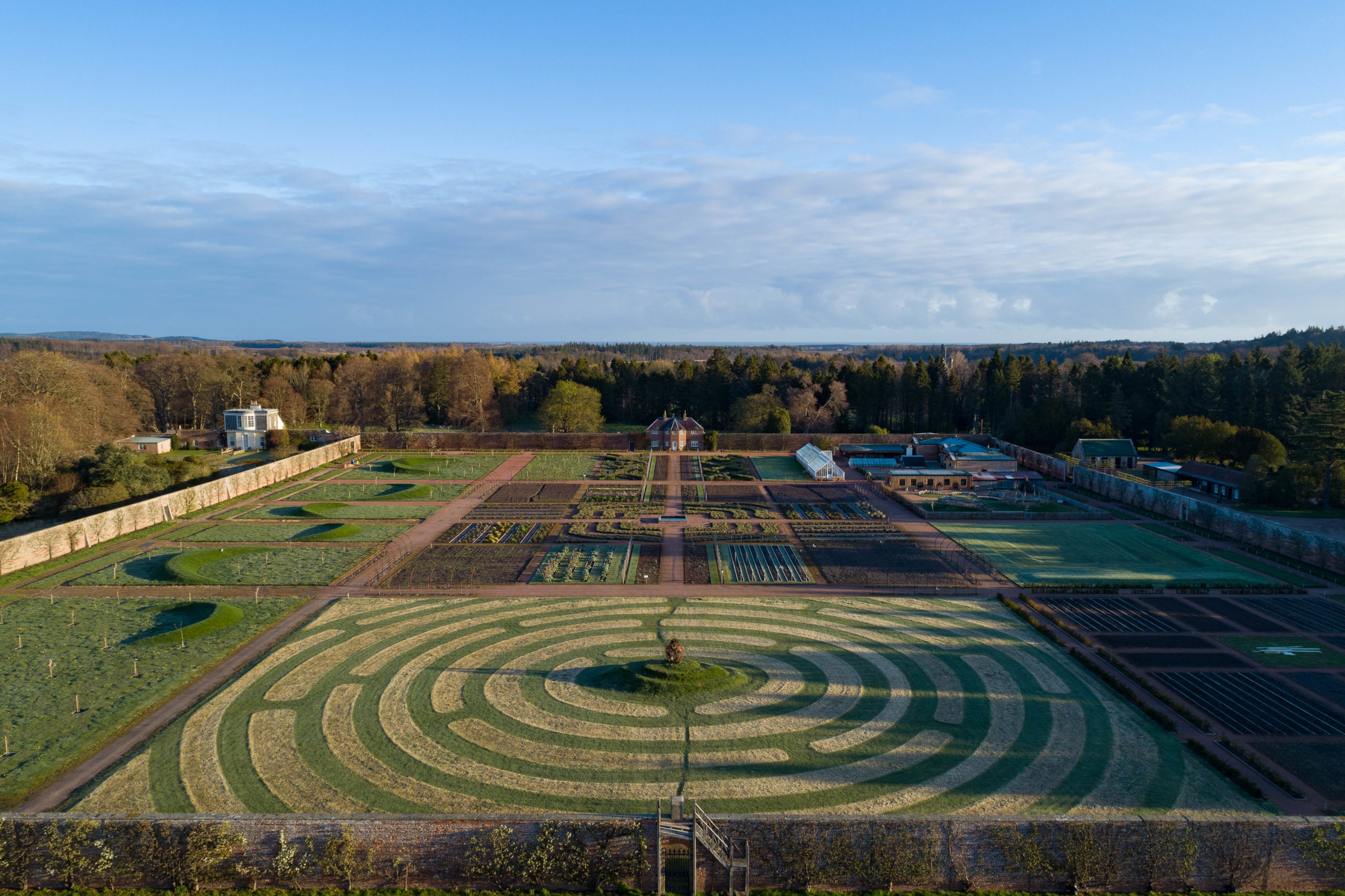






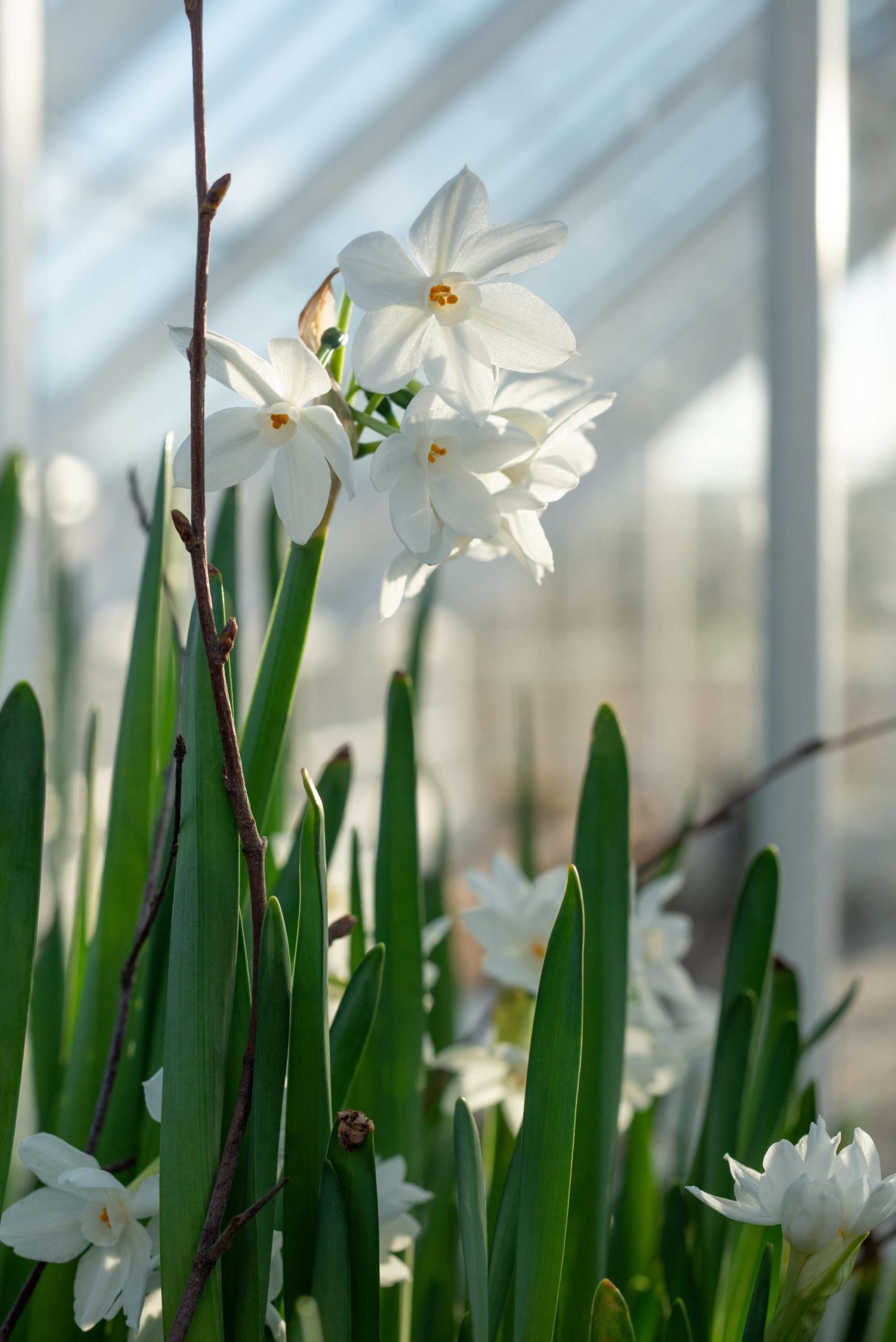
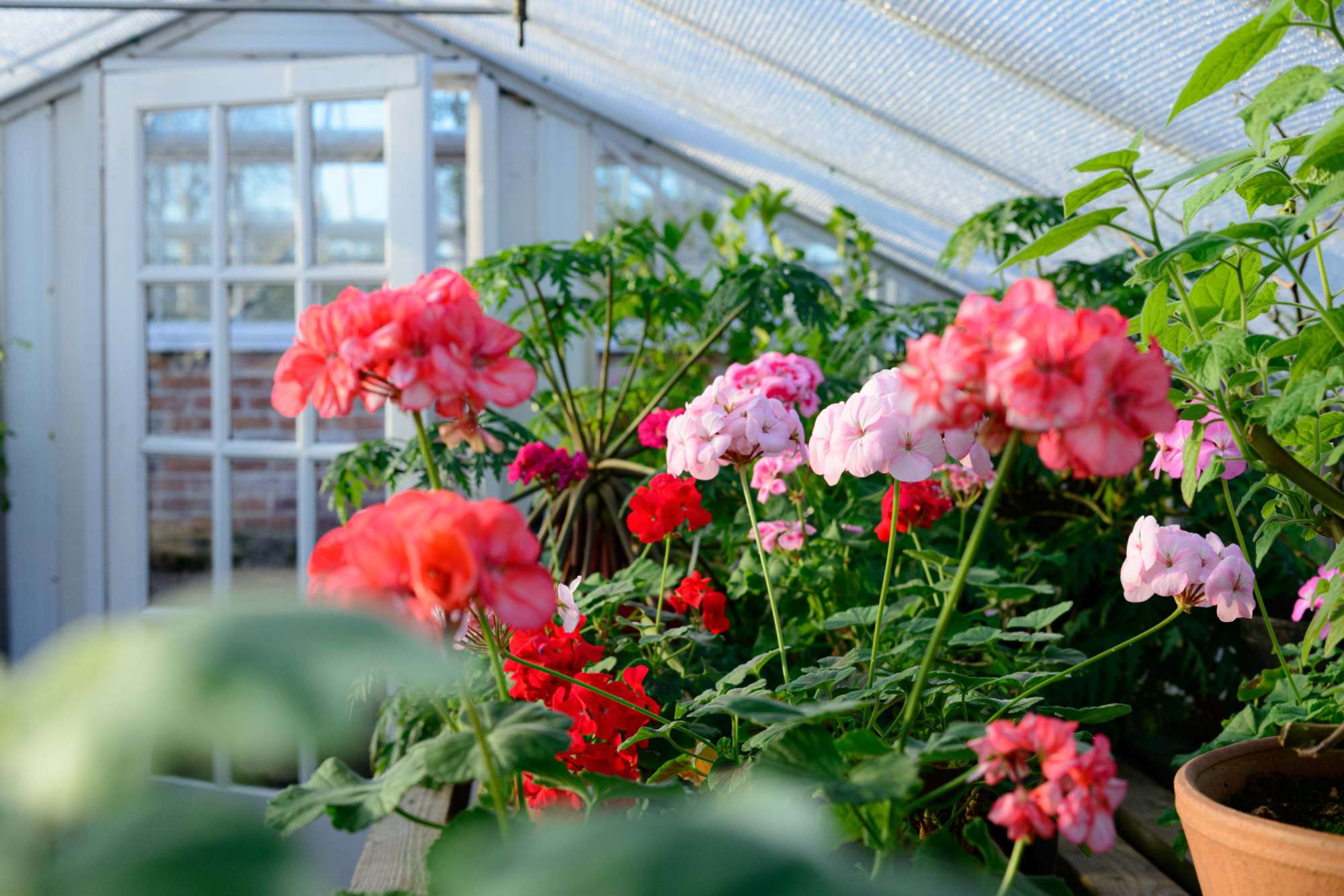
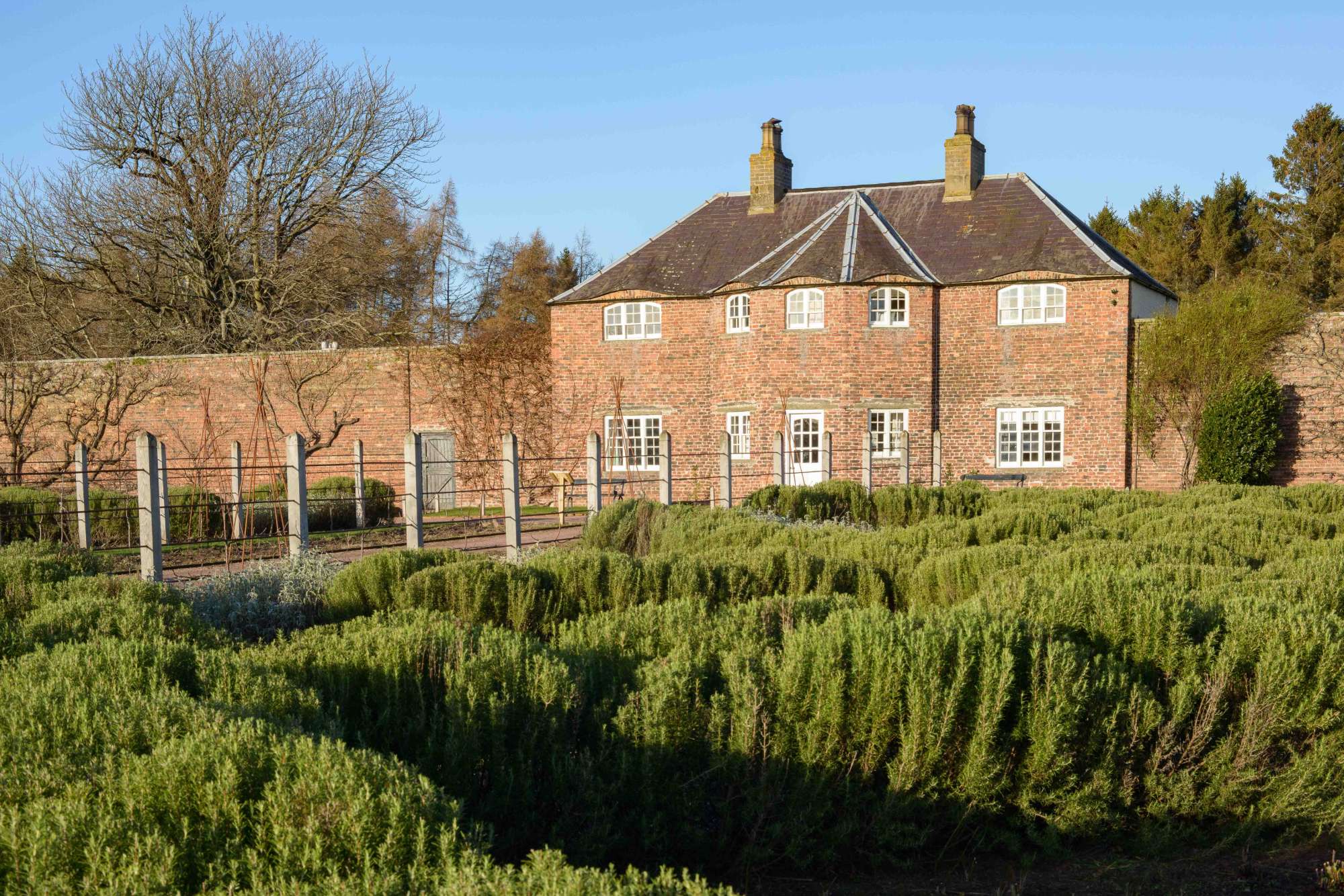
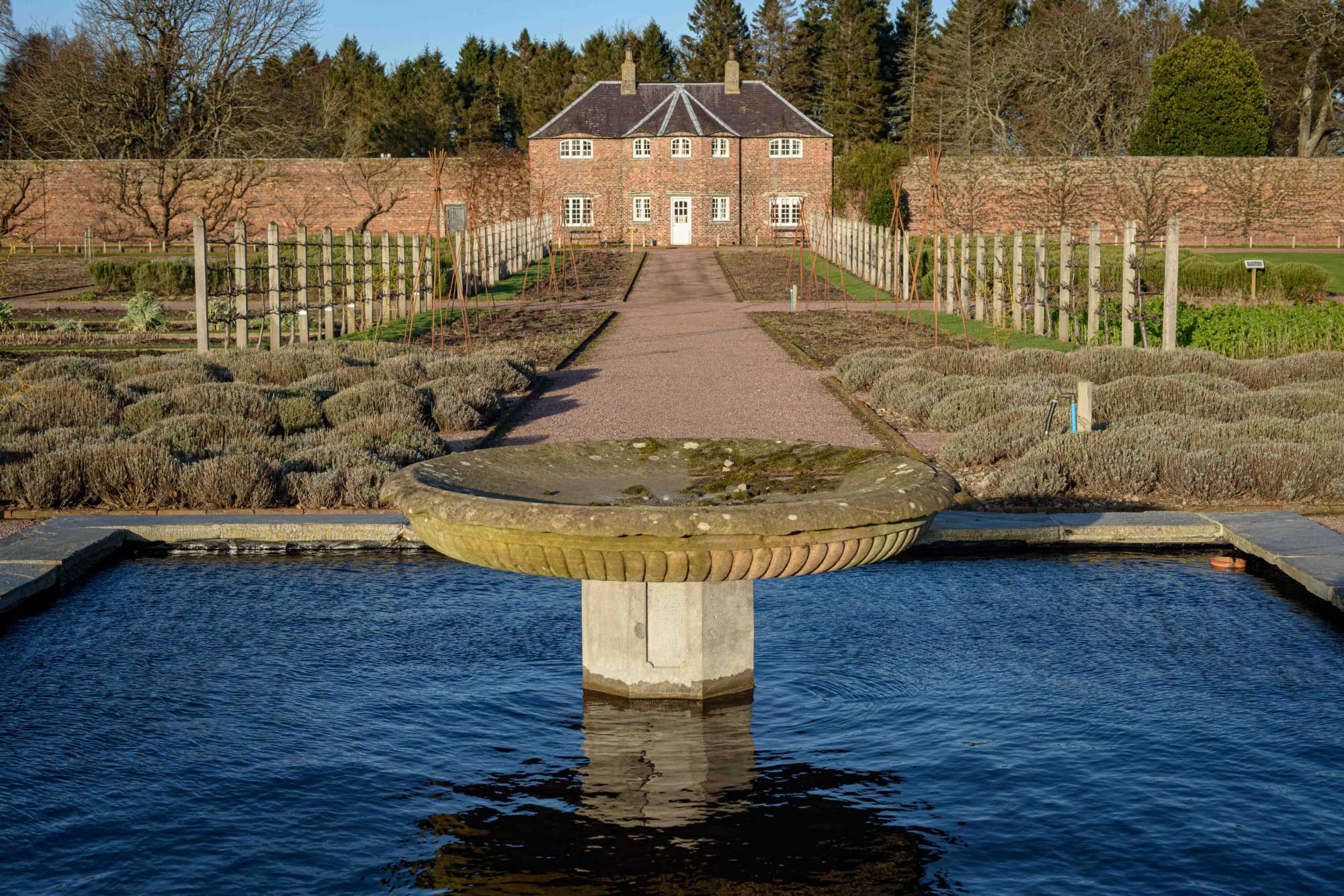
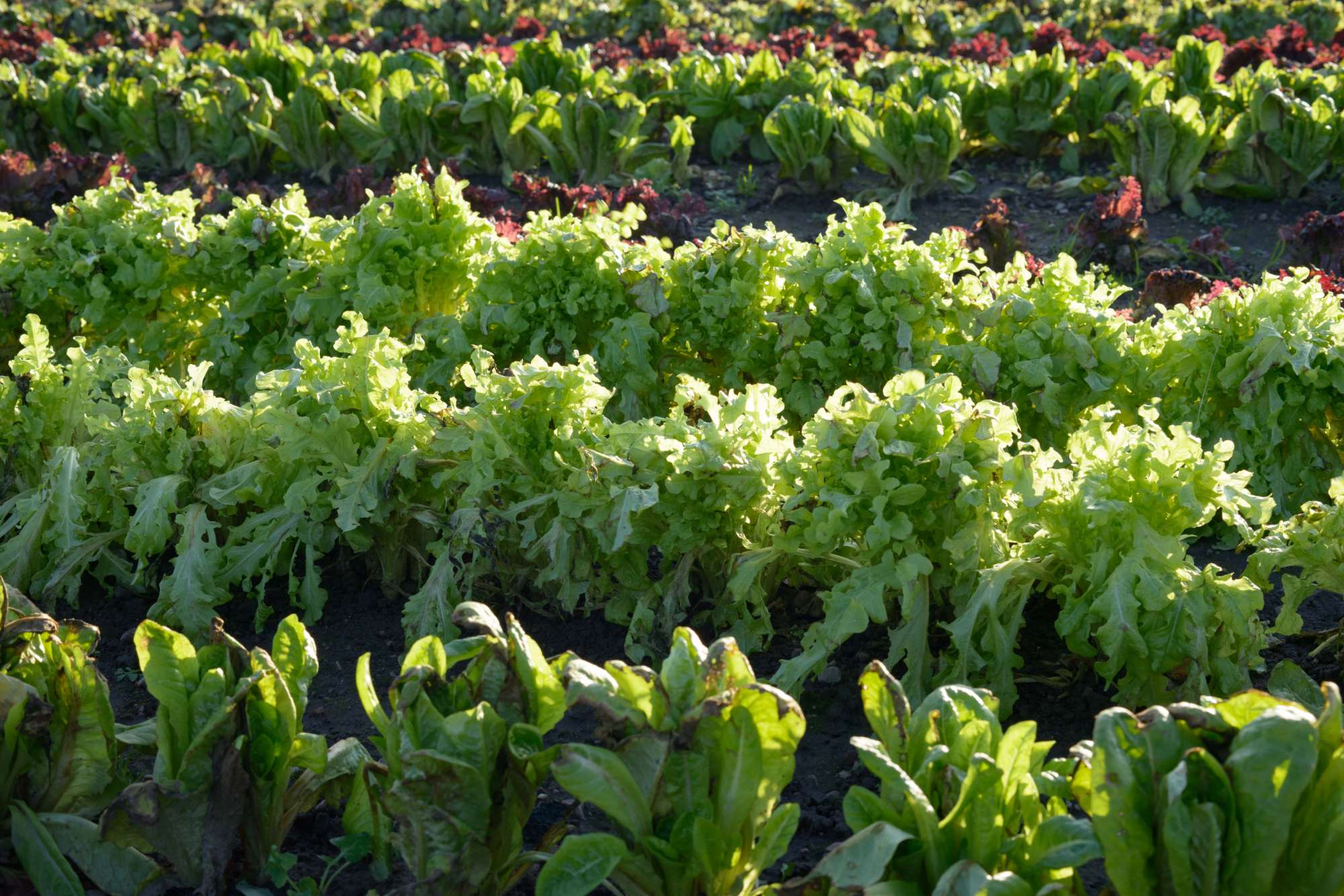
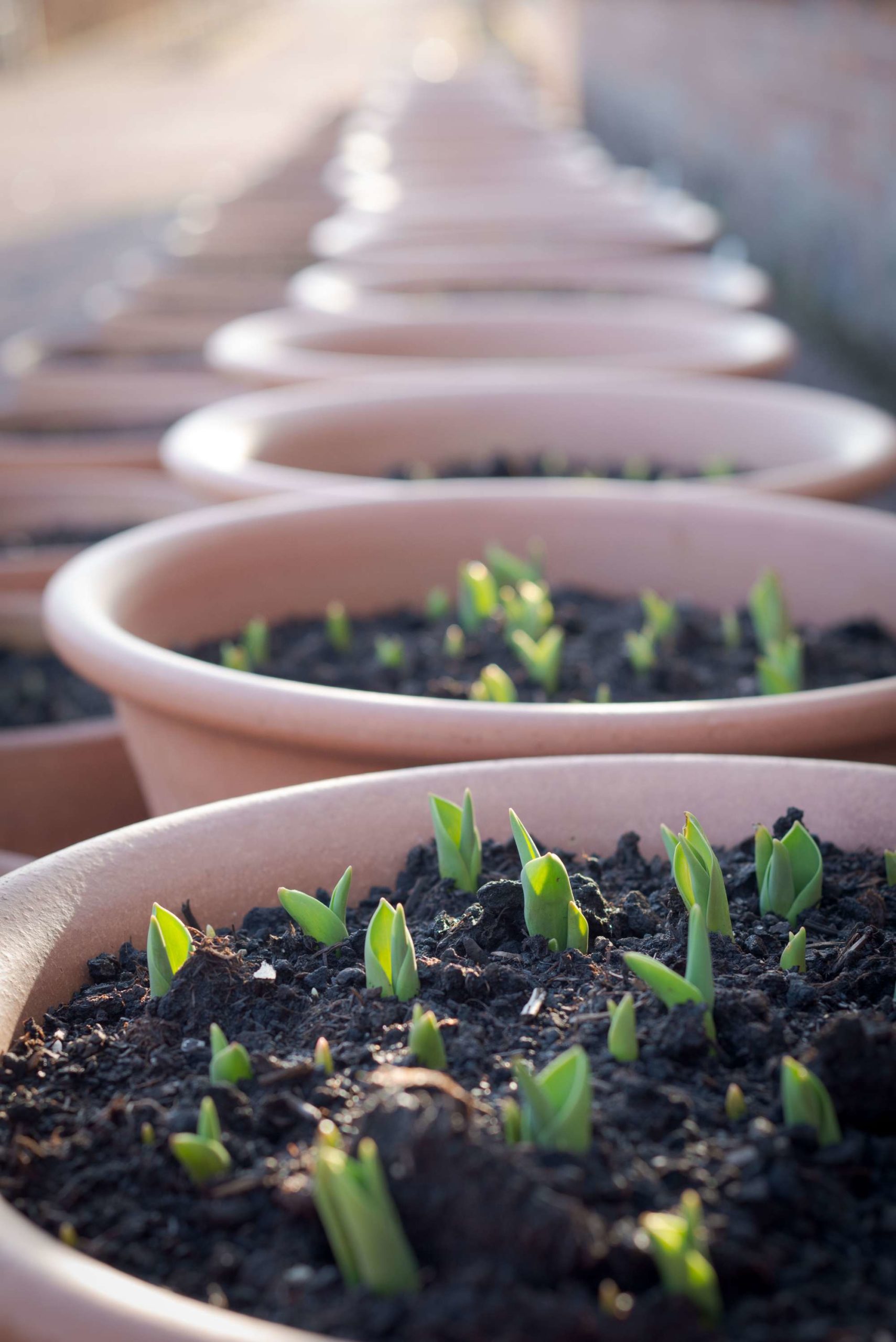
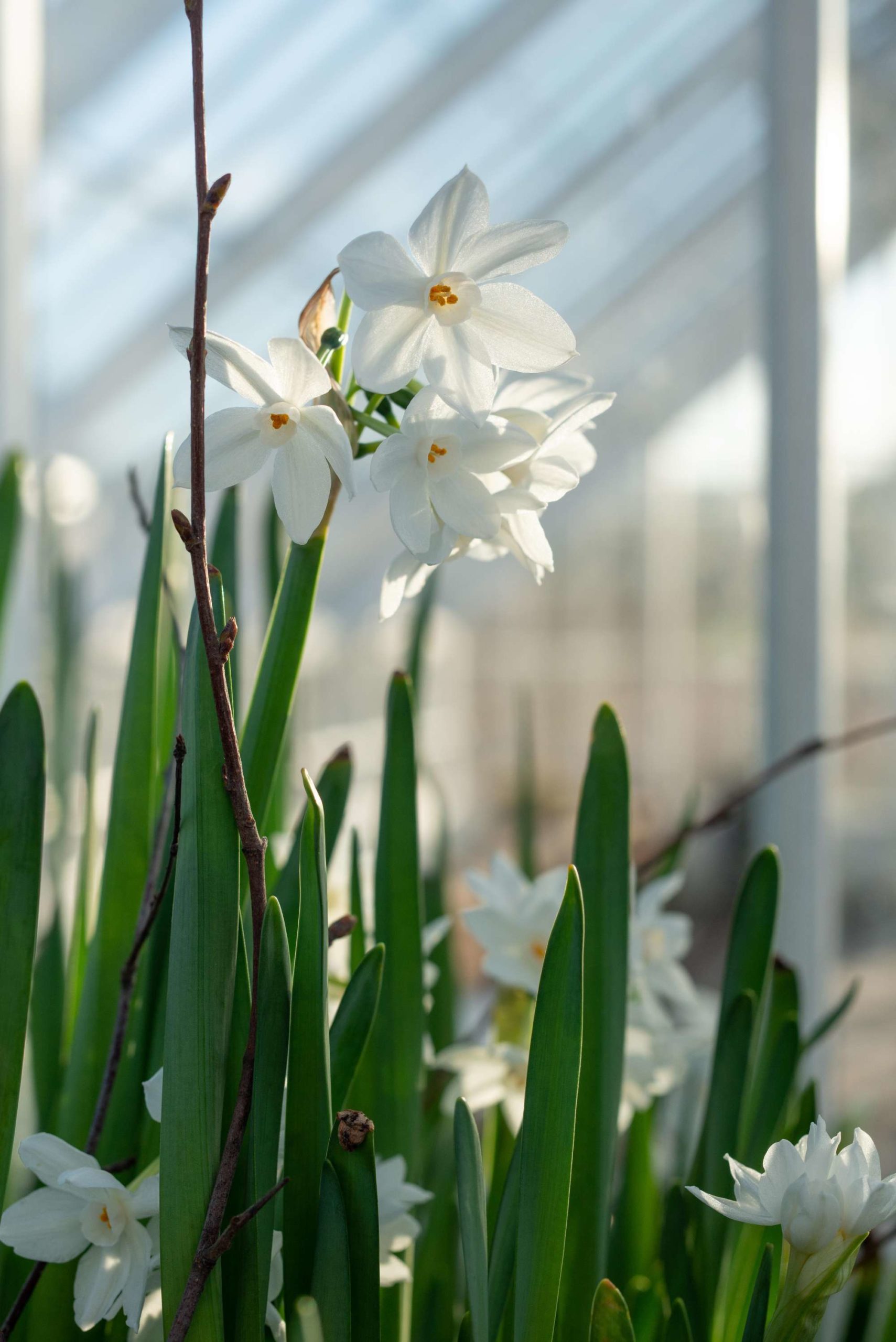

 Today’s guest blog comes from
Today’s guest blog comes from 